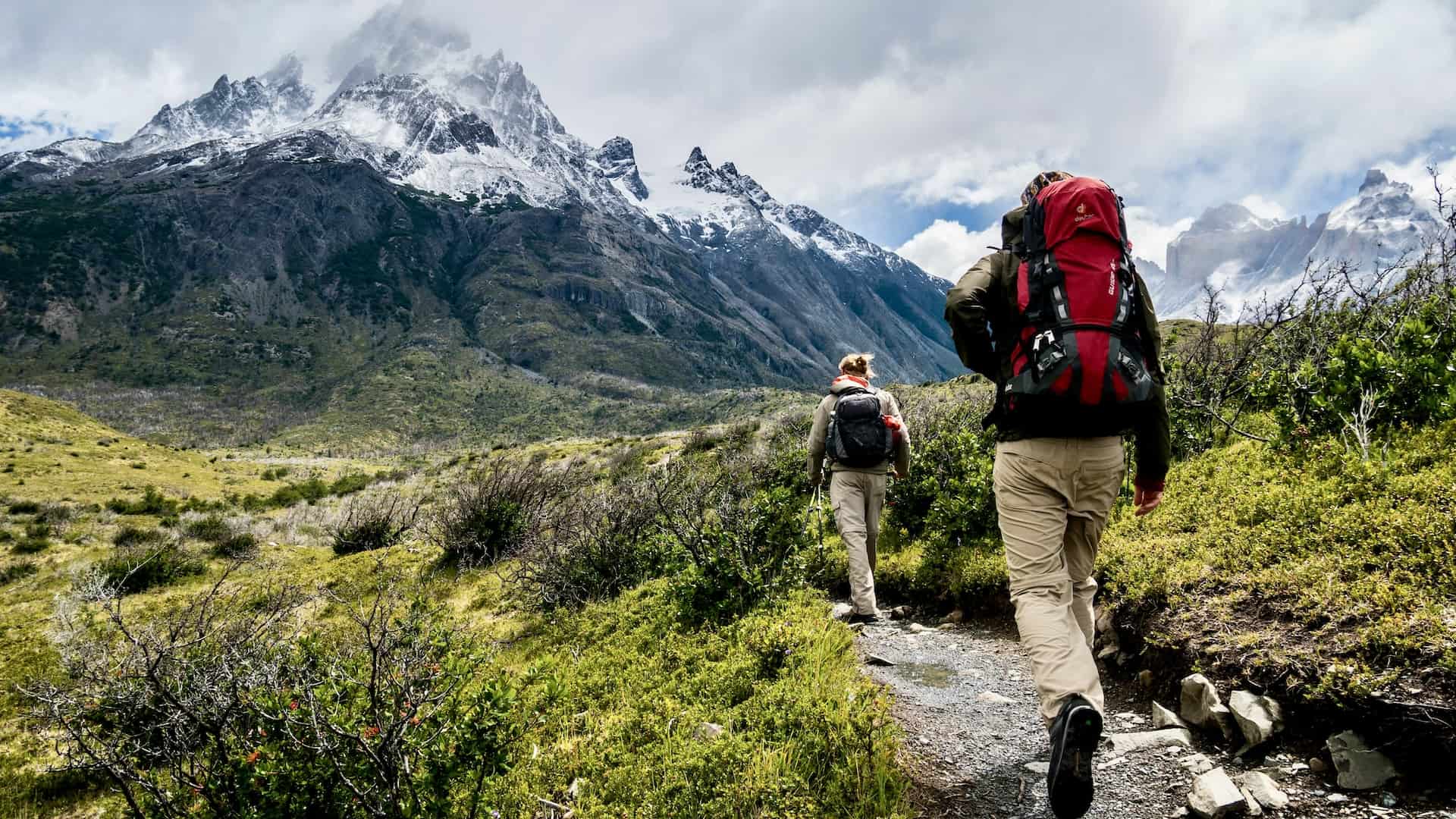
Best Hiking Backpacks: How to Choose and Top 10 Picks for Adventurers
Are you looking for the best hiking backpacks for your next outdoor adventure? Do you want to know how to choose the right backpack that suits your needs and preferences? If yes, then you are in the right place.
In this article, we will show you how to choose the best hiking backpacks based on various factors, such as size, weight, capacity, features, design, material, price, and customer reviews. We will also share with you our top 10 picks for the best hiking backpacks that are available on Amazon. These backpacks are comfortable, durable, spacious, and versatile enough to handle different terrains, climates, and personal preferences.
Whether you are planning a weekend trip, a long-distance hike, or a multi-day trek, you will find the perfect backpack for your adventure in this article. So, let’s get started and find out how to choose the best hiking backpacks and what are the top 10 picks for adventurers.
1. How to Choose the Best Hiking Backpacks
When it comes to choosing the best hiking backpacks, there are many factors that you should consider. Here are some of the most important ones:
1.1. Size
The size of your backpack depends on how long your trip is and how much gear you need to carry. Backpacks are usually measured in liters, which indicate their volume or capacity. A general rule of thumb is to choose a backpack that is 10% of your body weight or less. For example, if you weigh 150 pounds, you should look for a backpack that is 15 liters or less. However, this may vary depending on your personal preferences and the type of gear you have. Here are some common backpack sizes and their recommended uses:
10-20 Liters
These are small backpacks that are suitable for day hikes or short trips. They can fit some essentials, such as water, snacks, a jacket, a first-aid kit, and a map. They are lightweight and easy to carry, but they may not have enough space or features for longer or more challenging hikes.
20-40 Liters
These are medium backpacks that are suitable for weekend trips or overnight hikes. They can fit more gear, such as a sleeping bag, a tent, a stove, a change of clothes, and some extra food. They are still relatively lightweight and comfortable but may require more organization and compression to fit everything.
40-60 Liters
These are large backpacks that are suitable for multi-day trips or long-distance hikes. They can fit a lot of gear, such as a sleeping bag, a tent, a stove, a change of clothes, some extra food, and some optional items, such as a camera, a book, or a pillow. They are heavier and bulkier, but they offer more space and features for longer or more adventurous hikes.
60 Liters or more
These are extra-large backpacks that are suitable for extended trips or expeditions. They can fit almost everything you need, such as a sleeping bag, a tent, a stove, a change of clothes, some extra food, and some optional items, such as a camera, a book, a pillow, and even a laptop. They are cumbersome, but they offer the most space and features for the most extreme or challenging hikes.
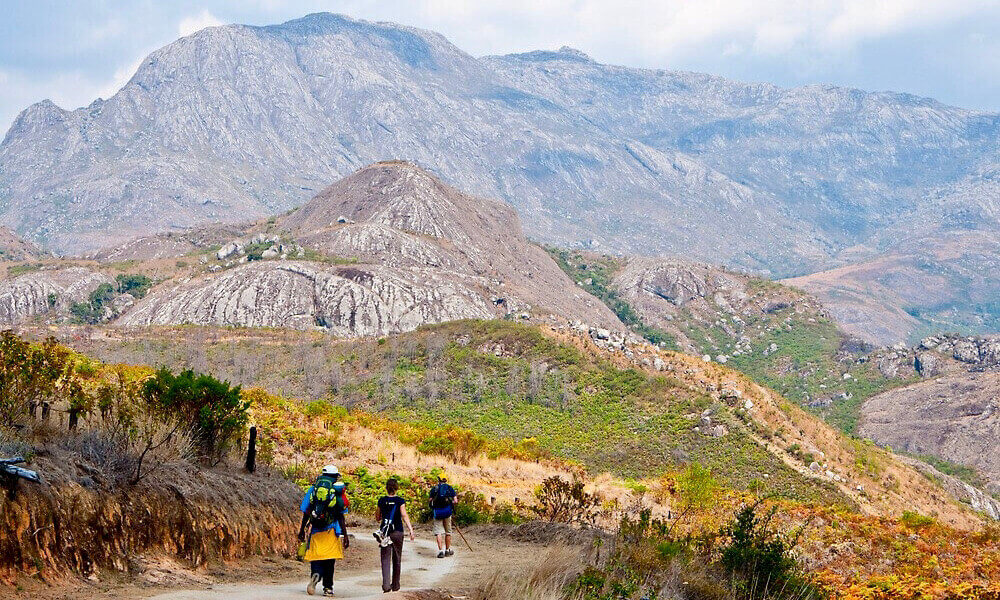
1.2. Weight
The weight of your backpack is another important factor to consider. A heavy backpack can slow you down, tire you out, and cause back pain or injuries. A light backpack can make you faster, more agile, and more comfortable. However, a light backpack may also mean less space, fewer features, or less durability. Therefore, you should balance the weight and the capacity of your backpack according to your needs and preferences. A general rule of thumb is to keep your backpack weight below 20% of your body weight. For example, if you weigh 150 pounds, you should aim for a backpack that weighs 30 pounds or less. However, this may vary depending on your fitness level, your hiking style, and the terrain and climate of your destination. Here are some tips to reduce the weight of your backpack:
Choose a Lightweight Backpack
Backpacks vary in weight depending on their size, material, and design. Some backpacks are made of lightweight fabrics, such as nylon or polyester, while others are made of heavier fabrics, such as canvas or leather. Some backpacks have simple designs, with minimal features and accessories, while others have complex designs, with multiple pockets, straps, and attachments. It would be best if you chose a backpack that is lightweight but still durable and functional for your needs.
Pack Smart
Packing smart means packing only what you need and packing it efficiently.
- You should avoid bringing unnecessary or redundant items, such as multiple pairs of shoes, multiple books, or multiple gadgets.
- You should also pack your items in a way that maximizes the space and minimizes the weight of your backpack.
- Also, you can use compression sacks, ziplock bags, or packing cubes to organize and compress your items.
- You can also use the empty spaces in your backpack store some small items. For example, the inside of your shoes, your pots, or your sleeping bag.
Besides that, you should also pack your items according to their weight and frequency of use.
- You should place the heaviest items, such as your water, your food, and your tent, near the center and close to your back.
- Also, you should place the lighter items, such as your clothes, your sleeping bag, and your toiletries, near the top and bottom and away from your back.
- You should place the items that you need frequently, such as your map, your snacks, and your jacket, in the outer pockets or on the top lid for easy access.
Read more: What to Take in Your Backpack When Traveling: The Ultimate Packing List and Tips
Use Multi-purpose Items
Multi-purpose items are items that can serve more than one function or purpose. For example, a bandana can be used as a headband, a scarf, a towel, a filter, or a sling. A knife can be used as a tool, a weapon, a fire starter, or a can opener. A smartphone can be used as a camera, a flashlight, a compass, or a GPS. Using multi-purpose items can help you save space and weight in your backpack, as well as money and time.
1.3. Capacity
The capacity of your backpack refers to how much gear it can hold or carry. It is usually measured in liters, which indicate the volume or space of your backpack. The capacity of your backpack depends on the size and the design of your backpack, as well as the type and the amount of gear you have. You should choose a backpack that has enough capacity to fit all your gear, but not too much capacity that you end up carrying extra weight or space. A general rule of thumb is to choose a backpack that is 10% of your body weight or less. For example, if you weigh 150 pounds, you should look for a backpack that is 15 liters or less. However, this may vary depending on your personal preferences and the type of gear you have. Here are some common backpack capacities and their recommended uses:
10-20 Liters
These are small backpacks that have enough capacity to fit some essentials, such as water, snacks, a jacket, a first-aid kit, and a map. They are suitable for day hikes or short trips.
20-40 Liters
These are medium backpacks that have enough capacity to fit more gear, such as a sleeping bag, a tent, a stove, a change of clothes, and some extra food. They are suitable for weekend trips or overnight hikes.
40-60 Liters
These are large backpacks that have enough capacity to fit a lot of gear, such as a sleeping bag, a tent, a stove, a change of clothes, some extra food, and some optional items, such as a camera, a book, or a pillow. They are suitable for multi-day trips or long-distance hikes.
60 Liters or More
These are extra-large backpacks that have enough capacity to fit almost everything you need, such as a sleeping bag, a tent, a stove, a change of clothes, some extra food, and some optional items, such as a camera, a book, a pillow, and even a laptop. They are suitable for extended trips or expeditions.
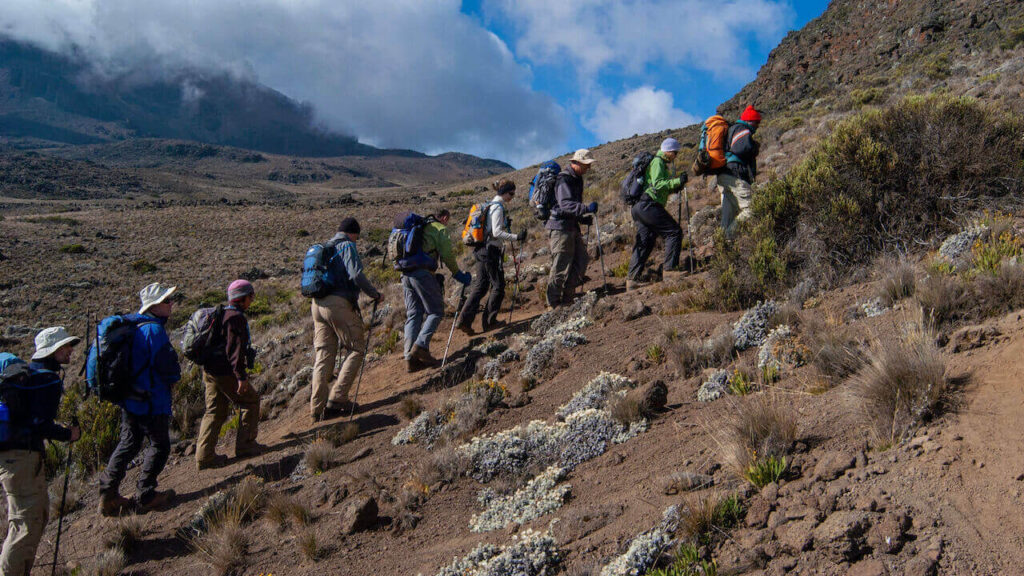
1.4. Features
The features of your backpack refer to the additional or optional elements or components that enhance the functionality or performance of your backpack. They include things like pockets, straps, loops, zippers, buckles, clips, hooks, etc. The features of your backpack depend on the design and the style of your backpack, as well as your personal preferences and needs. You should choose a backpack that has the features that you need and want, but not too many features that you end up paying extra or adding unnecessary weight or complexity to your backpack. Here are some of the most common and useful features that you should look for in a backpack:
1.4.1. Pockets
Pockets are compartments or spaces that allow you to store and organize your items in your backpack. They can be internal or external, large or small, open or closed, mesh or solid, etc. Pockets can help you keep your items secure, accessible, and separated. You should look for a backpack that has enough pockets to fit your items, but not too many pockets that you lose track of your items or waste space. You should also look for pockets that are easy to open and close, such as zippers, Velcro, or snaps. Additionally, you should look for pockets that are water-resistant or waterproof, especially for your electronics, documents, or valuables. Some of the most useful pockets that you should look for in a backpack are:
Top Lid Pocket
This is a pocket that is located on the top of your backpack, usually attached to the main compartment by a flap or a zipper. It is ideal for storing items that you need frequently or urgently, such as your map, your snacks, your jacket, or your sunglasses. It is also a good place to store your valuables, such as your wallet, your phone, or your keys, as it is easy to access and secure.
Side Pockets
These are pockets that are located on the sides of your backpack, usually attached to the main compartment by zippers, straps, or elastic bands. They are ideal for storing items that are long, narrow, or cylindrical, such as your water bottles, your trekking poles, your umbrella, or your tent poles. They are also a good place to store items that you need occasionally or moderately, such as your gloves, scarf, etc.
Front Pocket
This is a pocket that is located on the front of your backpack, usually attached to the main compartment by a zipper or a flap. It is ideal for storing items that are flat, thin, or flexible, such as your books, your magazines, your maps, or your clothes. It is also a good place to store items that you need occasionally or moderately, such as your first-aid kit, your toiletries, or your rain cover.
Hip Belt pockets
These are pockets that are located on the hip belt of your backpack, usually attached to the belt by zippers or Velcro. They are ideal for storing items that are small, light, or handy, such as your lip balm, your sunscreen, your camera, or your snacks. They are also a good place to store items that you need frequently or urgently, as they are easy to access and secure.
1.5. Straps
Straps are bands or cords that allow you to adjust, secure, or attach your backpack or your gear. They can be internal or external, fixed or removable, padded or unpadded, etc. Straps can help you customize the fit, the stability, and the comfort of your backpack. They can also help you compress, expand, or attach your gear. You should look for a backpack that has enough straps to fit your body and your gear, but not too many straps that you end up having loose ends or tangled cords. You should also look for straps that are easy to use, such as buckles, clips, or hooks. In addition, you should look for straps that are durable and strong, such as nylon or polyester. Some of the most useful straps that you should look for in a backpack are:
Shoulder Straps
These are straps that connect the top of your backpack to your shoulders. They are the main straps that carry the weight of your backpack and your gear. They should be padded, adjustable, and ergonomic to provide comfort, support, and balance. Also, they should have some features, such as load lifters, sternum straps, or D-rings, to enhance the fit, stability, and functionality of your backpack.
Hip Belt
This is a strap that connects the bottom of your backpack to your hips. It is the secondary strap that carries the weight of your backpack and your gear. It should be padded, adjustable, and contoured to provide comfort, support, and balance. Furthermore, it should have some features, such as pockets, loops, or buckles, to enhance the fit, stability, and functionality of your backpack.
Compression Straps
These are straps that are located on the sides, the front, or the bottom of your backpack. They are used to compress, expand, or attach your gear. They can help you reduce the volume, the weight, and the bulkiness of your backpack. Moreover, they can help you secure, stabilize, or organize your gear. They should be adjustable, flexible, and strong to provide versatility, efficiency, and durability.
Attachment Straps
These are straps that are located on the sides, the front, the bottom, or the top of your backpack. They are used to attach extra or external gear, such as your sleeping pad, your tent, your helmet, or your trekking poles. Additionally, they can help you increase the capacity, the functionality, and the accessibility of your backpack. They should be adjustable, flexible, and strong to provide versatility, efficiency, and durability.
1.6. Loops
Loops are rings or holes that allow you to attach, hang, or hook your backpack or your gear. They can be internal or external, fixed or removable, large or small, etc. Loops can help you increase the functionality, the accessibility, and the organization of your backpack. They can also help you customize, decorate, or personalize your backpack. You should look for a backpack that has enough loops to fit your gear. Yet, the backpack shouldn’t have too many loops that you end up having unused or unnecessary spaces. You should also look for loops that are easy to use, such as carabiners, clips, or hooks. You should also look for loops that are durable and strong, such as metal or plastic. Some of the most useful loops that you should look for in a backpack are:
Daisy Chains
These are loops that are located on the front or the sides of your backpack. They are used to attach extra or external gear, such as your water bottles, your carabiners, your flashlights, or your sunglasses. They can help you increase the capacity, the functionality, and the accessibility of your backpack. Note, they should be evenly spaced, securely stitched, and strongly reinforced to provide versatility, efficiency, and durability.
Ice Axe Loops
These are loops that are located on the bottom or the sides of your backpack. They are used to attach your ice axes, your crampons, your snowshoes, or your skis. They can help you increase the capacity, the functionality, and the accessibility of your backpack. These loops should be large enough, securely stitched, and strongly reinforced to provide versatility, efficiency, and durability.
Hydration Loops
These are loops that are located on the shoulder straps or the hip belt of your backpack. They are used to attach your hydration bladder, your water hose, or your water valve. They can help you increase the functionality, accessibility, and hydration of your backpack. These loops should be small enough, securely stitched, and strongly reinforced to provide efficiency, convenience, and durability.
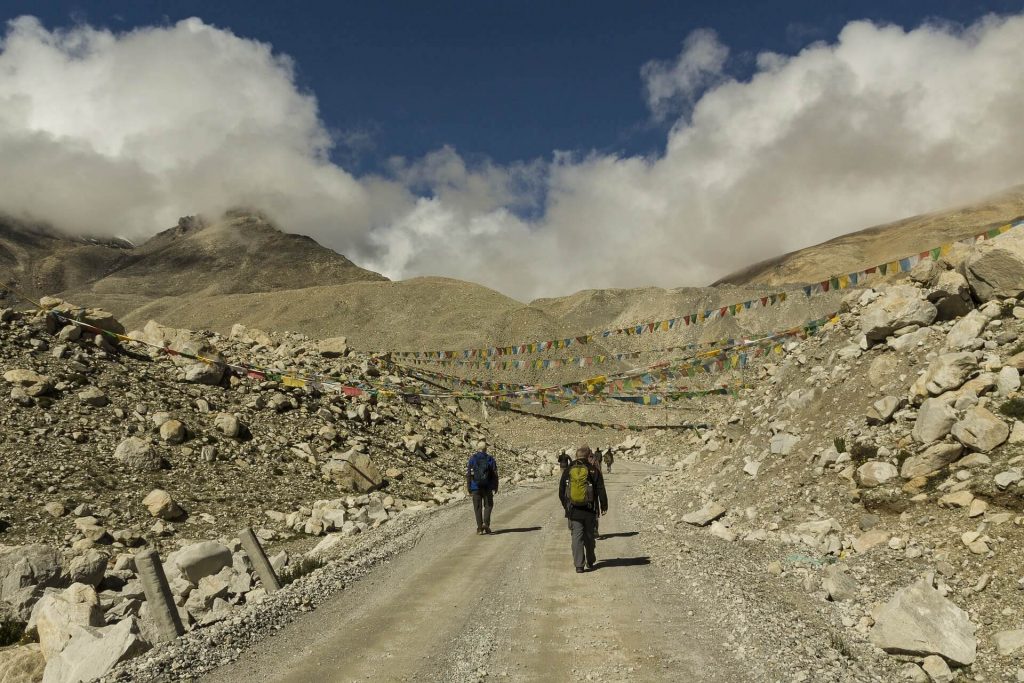
1.7. Zippers
Zippers are devices that allow you to open and close your backpack or your pockets. They can be internal or external, single or double, straight or curved, etc. Zippers can help you access, secure, and organize your items in your backpack. They can also help you customize, expand, or compress your backpack. You should look for a backpack that has enough zippers to fit your items. However, there shouldn’t too many zippers that you end up having broken or stuck devices. You should also look for zippers that are easy to use, such as sliders, pulls, or tabs. You should also look for zippers that are durable and strong, such as metal or plastic. Some of the most useful zippers that you should look for in a backpack are:
Main Compartment Zipper
This is the zipper that opens and closes the main compartment of your backpack. It is the most important and the most frequently used zipper in your backpack. It should be large, smooth, and strong enough to provide easy access, security, and durability. Also, it should have some features, such as locks, covers, or flaps, to enhance the security, protection, and performance of your backpack.
Top Lid Zipper
This is the zipper that opens and closes the top lid pocket of your backpack. It is the second most important and the second most frequently used zipper in your backpack. Again, it should be large, smooth, and strong enough to provide easy access, security, and durability. It should also have some features, such as locks, covers, or flaps, to enhance the security, protection, and performance of your backpack.
Expansion Zipper
This is the zipper that expands or compresses the main compartment of your backpack. It is an optional and an additional zipper in your backpack. It can help you increase or decrease the capacity, the volume, and the weight of your backpack. Similarly, it should be large, smooth, and strong enough to provide versatility, efficiency, and durability. It should also have some features, such as locks, covers, or flaps, to enhance the security, protection, and performance of your backpack.
1.8. Design
The design of your backpack refers to the shape, the style, and the appearance of your backpack. It includes things like the color, the pattern, the logo, the brand, etc. The design of your backpack depends on your personal preferences, your fashion sense, and your personality. You should choose a backpack that has a design that you like, suits your taste, and reflects your identity. However, you should also consider the functionality, performance, and durability of your backpack, as they are more important than the design. Here are some tips for choosing a backpack that has a good design:
Choose a Backpack That Has a Color You Like
Don’t forget that color that is practical and appropriate for your destination. For example, you can choose a backpack that has a bright color, such as red, yellow, or orange, if you like vibrant and cheerful colors. However, you should also consider that these colors may attract unwanted attention, fade easily, or get dirty quickly. You can also choose a backpack that has a dark color, such as black, brown, or green if you like subtle and elegant colors. However, you should also consider that these colors may be hard to see, blend in easily, or absorb heat quickly. Gray, white, or beige if you like a simple and classic colored backpack. However, you should also consider that these colors may be boring, common, or stain easily.
Choose a Backpack That Has a Pattern That You Like
Make sure the pattern that is practical and appropriate for your destination. For example, you can choose a backpack that has a floral pattern, a geometric pattern, or a cartoon pattern, if you like fun and creative patterns. However, you should also consider that these patterns may be childish, distracting, or inappropriate. A camouflage, a plaid, or a stripe pattern if you like a cool and stylish backpack. However, you should also consider that these patterns may be hard to find, or blend in easily,…
Choose a Backpack That Has a Logo or a Brand That You Like
Consider a logo or a brand that is reputable and reliable for your destination. For example, you can choose a backpack that has a logo or a brand that you are loyal to, familiar with, or proud of, such as Nike, Adidas, or North Face. However, you should also consider that these logos or brands may be expensive, overrated, or counterfeited. You can also choose a backpack that has a logo or a brand that you are curious about, interested in, or impressed by, such as Osprey, Deuter, or Gregory. However, you should also consider that these logos or brands may be unfamiliar, unavailable, or incompatible. You can also choose a backpack that has no logo or brand if you prefer a minimalist or a generic backpack. However, you should also consider that these backpacks may be low-quality, untrustworthy, or unidentifiable.
1.9. Material
The material of your backpack refers to the fabric or the substance that your backpack is made of. It includes things like the type, the quality, the durability, and the performance of your backpack. The material of your backpack depends on the weight, the design, and the features of your backpack, as well as the terrain, the climate, and the duration of your destination. It would be best if you chose a backpack that has a material that is lightweight, durable, comfortable, and suitable for your needs and preferences. However, you should also consider the cost, availability, and maintenance of your backpack, as they are also important factors. Here are some tips for choosing a backpack that has good material:
A Lightweight Material but also Durable and Strong for Your Destination
For example, you can choose a backpack that is made of nylon, polyester, or ripstop, if you prefer a lightweight and a synthetic material. However, you should also consider that these materials may be less durable, less breathable, or less water-resistant than other materials. You can also choose a backpack that is made of canvas, leather, or cotton if you prefer a heavy and natural material. However, you should also consider that these materials may be more durable, more breathable, or more water-resistant than other materials, but they may also be heavier, bulkier, or harder to clean.
A Comfortable Material but also Suitable and Appropriate for Your Destination
For example, you can choose a backpack that is made of a soft, a smooth, or a padded material, if you prefer a comfortable and cozy material. However, you should also consider that these materials may be less suitable, less appropriate, or less adaptable for different terrains, climates, or durations. You can also choose a backpack that is made of a hard, rough, or rigid material if you prefer a suitable and appropriate material. However, you should also consider that these materials may be more suitable, more appropriate, or more adaptable for different terrains, climates, or durations, but they may also be less comfortable, less cozy, or less flexible.
A Material that is Water-resistant or Waterproof but also Breathable and Ventilated for Your Destination
For example, you can choose a backpack that is made of a water-resistant or waterproof material, such as nylon, polyester, or ripstop, if you prefer a material that can protect your gear from rain, snow, or moisture. However, you should also consider that these materials may be less breathable, less ventilated, or less airy than other materials, which may cause your gear to get damp, moldy, or smelly. You can also choose a backpack that is made of a breathable or ventilated material, such as canvas, cotton, or mesh if you prefer a material that can keep your gear dry, fresh, or cool. However, you should also consider that these materials may be less water-resistant, less waterproof, or less protective than other materials, which may cause your gear to get wet, damaged, or ruined.
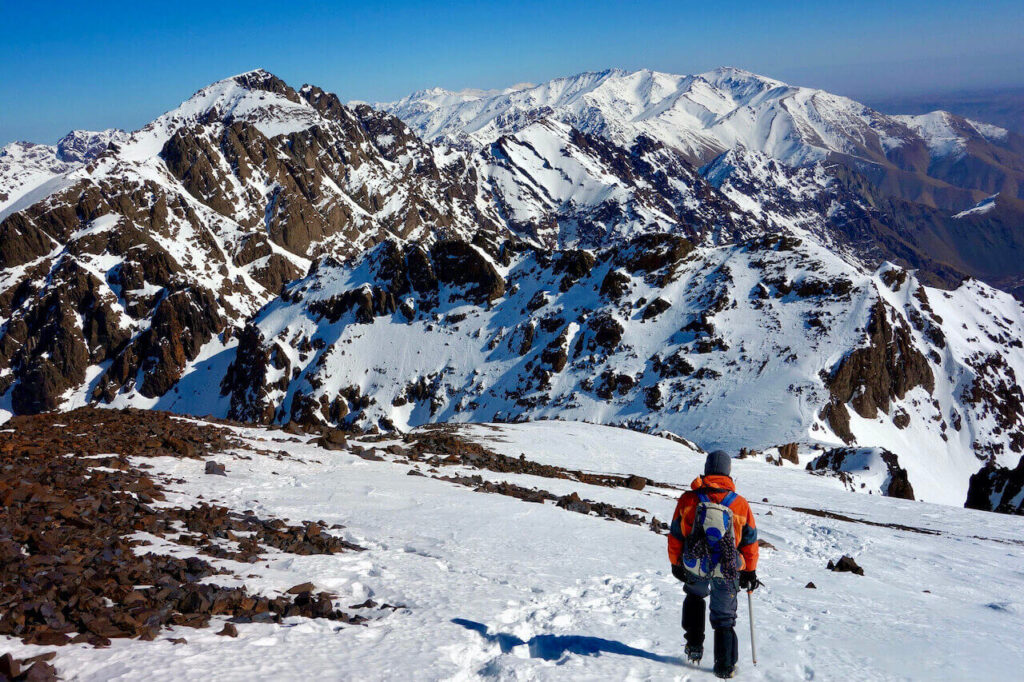
1.10. Price
The price of your backpack refers to the amount of money that you have to pay to buy your backpack. It includes things like the value, the quality, the affordability, and the availability of your backpack. The price of your backpack depends on the size, weight, capacity, features, design, material, logo, and brand of your backpack, as well as your budget, your preference, and your purpose. You should choose a backpack that has a price that is reasonable, fair, and affordable for your needs and preferences. However, you should also consider the durability, performance, and warranty of your backpack, as they are also important factors. Here are some tips for choosing a backpack that has a good price:
A Reasonable and Fair Price for the Size, Weight, Capacity, Features, Design, Material, Logo, and Brand
For example, you can expect to pay more for a backpack that is larger, heavier, more spacious, more featured, more stylish, more durable, more reputable, or more reliable than a backpack that is smaller, lighter, less spacious, less featured, less stylish, less durable, less reputable, or less reliable. However, you should also compare the prices of different backpacks that have similar or comparable characteristics, and choose the one that offers the best value for money. You should also check the reviews, the ratings, and the feedback of other customers who have bought or used the backpacks that you are interested in, and see if they are satisfied or dissatisfied with their purchases.
An Affordable Price Within Your Budget
It must worth the investment and the quality for your destination. For example, you can choose a backpack that is cheap, inexpensive, or low-cost, if you have a limited budget, a short trip, or a low expectation. However, you should also consider that these backpacks may be low-quality, low-performance, or low-durability, which may cause you problems, inconveniences, or disappointments.
You can also choose a backpack that is expensive, high-end, or premium if you have a generous budget, a long trip, or a high expectation. However, you should also consider that these backpacks may be overpriced, overrated, or overkill, which may cause you regrets, waste, or losses.
You can also choose a backpack that is moderate, average, or mid-range if you have a balanced budget, a medium trip, or a reasonable expectation. However, you should also consider that these backpacks may be adequate, satisfactory, or sufficient, but not exceptional, outstanding, or impressive.
1.11. Customer Reviews
Customer reviews are the opinions, comments, or feedback of other customers who have bought or used the backpacks that you are interested in. They include things like the ratings, the pros, the cons, the tips, and the suggestions of other customers. Customer reviews can help you learn more about the backpacks that you are interested in, such as their features, their performance, their durability, and their value. They can also help you compare and contrast different backpacks, and see their strengths and weaknesses. You should look for backpacks that have positive, honest, and helpful customer reviews, but not too many, too few, or too fake customer reviews.
2. Top 10 Best Hiking Backpacks
Now that you know how to choose the best hiking backpacks based on various factors, let’s take a look at our top 10 picks for the best hiking backpacks that are available on Amazon. These backpacks are comfortable, durable, spacious, and versatile enough to suit different terrains, climates, and personal preferences. We have selected these backpacks based on their features, their performance, their durability, their value, and their customer reviews. Here are our top 10 picks for the best hiking backpacks, along with their brief descriptions and pros and cons:
2.1. Osprey Atmos AG 65
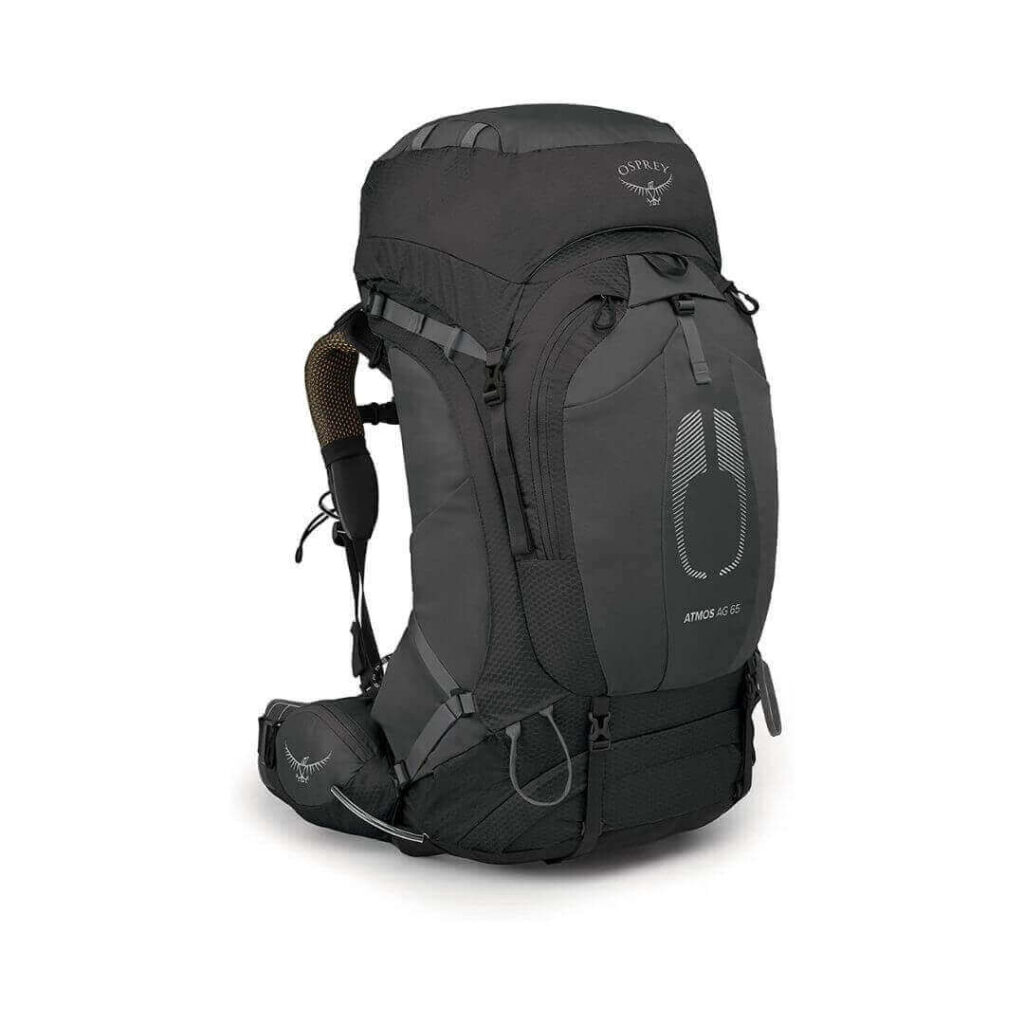
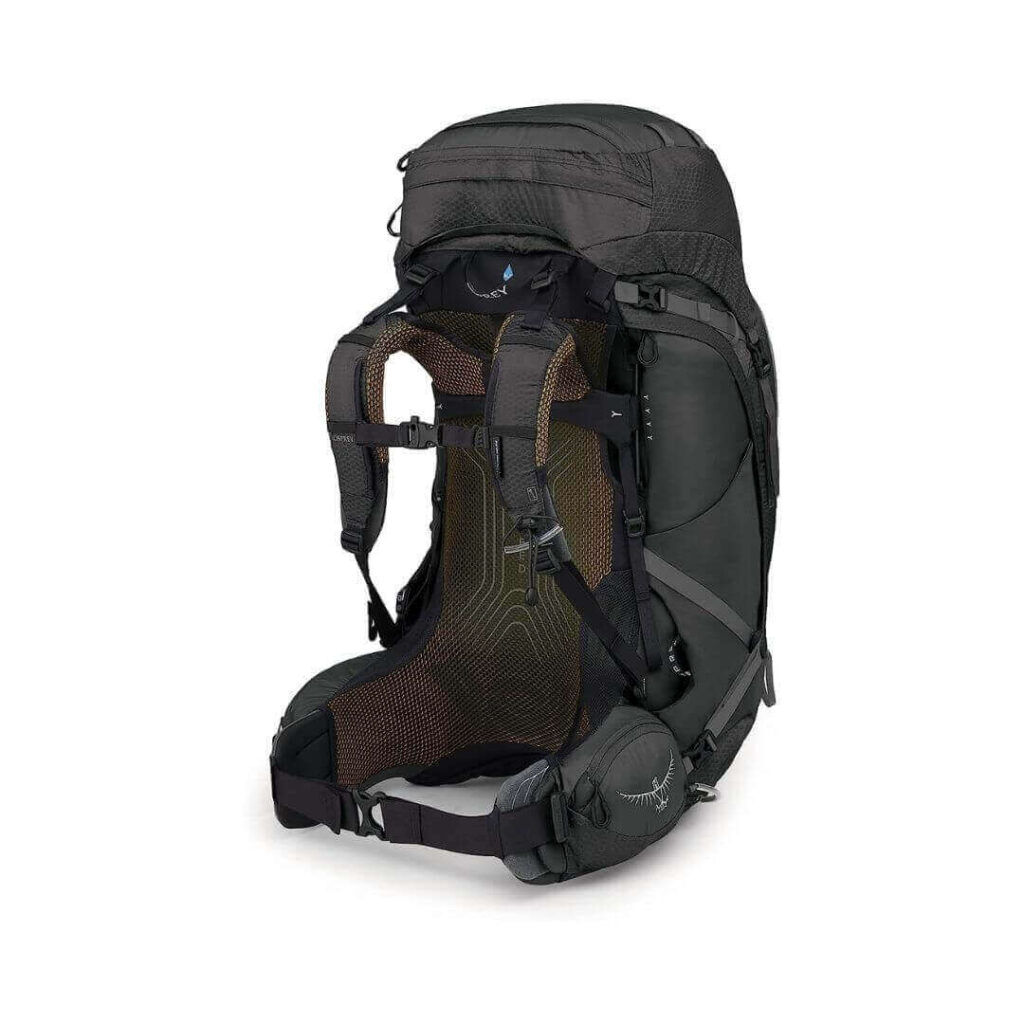
This backpack is designed with a unique Anti-Gravity suspension system that distributes the load evenly and hugs your body for a comfortable fit. It has a large main compartment, a removable top lid, a sleeping bag compartment, and multiple pockets and attachment points for extra gear. It also features an adjustable torso length, a sternum strap, a hip belt, and a hydration sleeve. The backpack is made of durable nylon and comes in various colors and sizes. It is ideal for multi-day trips and long-distance hikes.
Pros: Comfortable, spacious, versatile, adjustable, durable, breathable, lifetime warranty.
Cons: Expensive, heavy, not very water-resistant, may not fit some airlines’ carry-on requirements.
2.2. Deuter Aircontact Lite 50 + 10
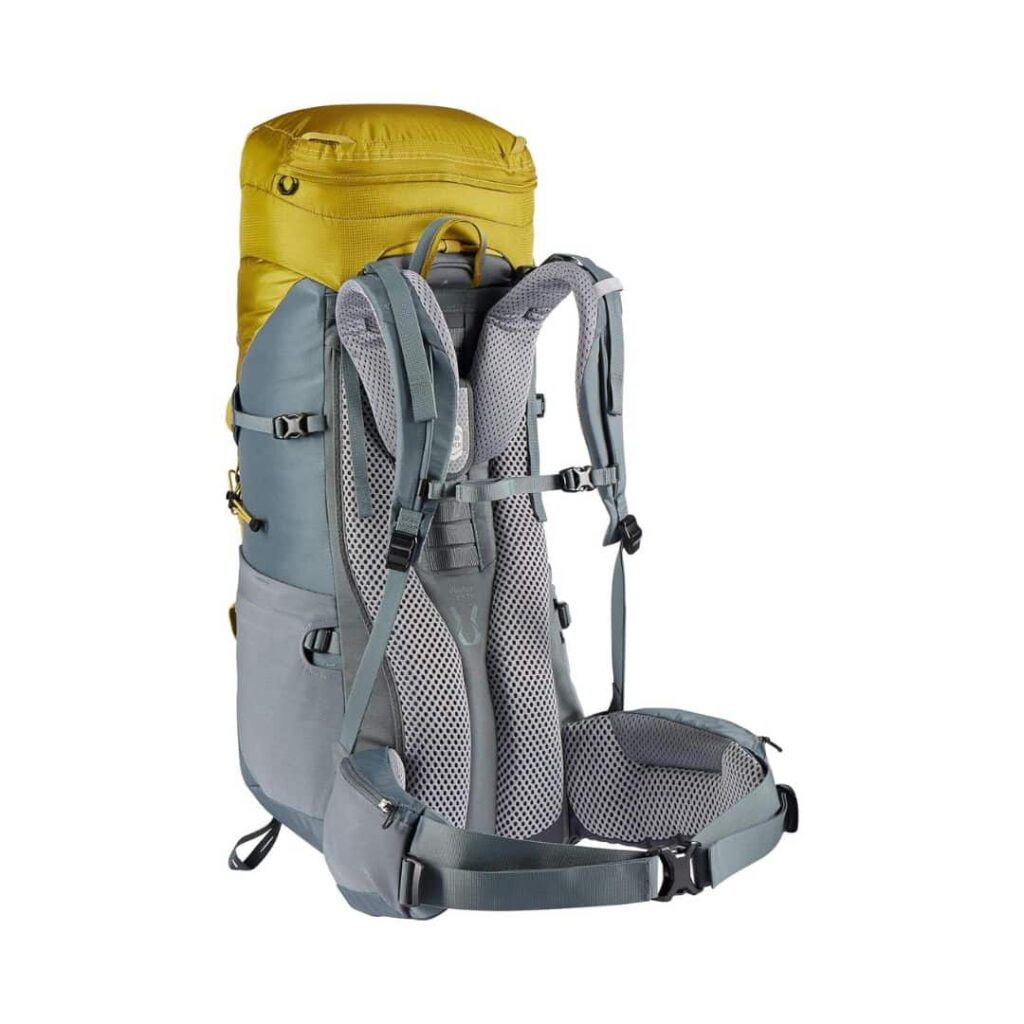
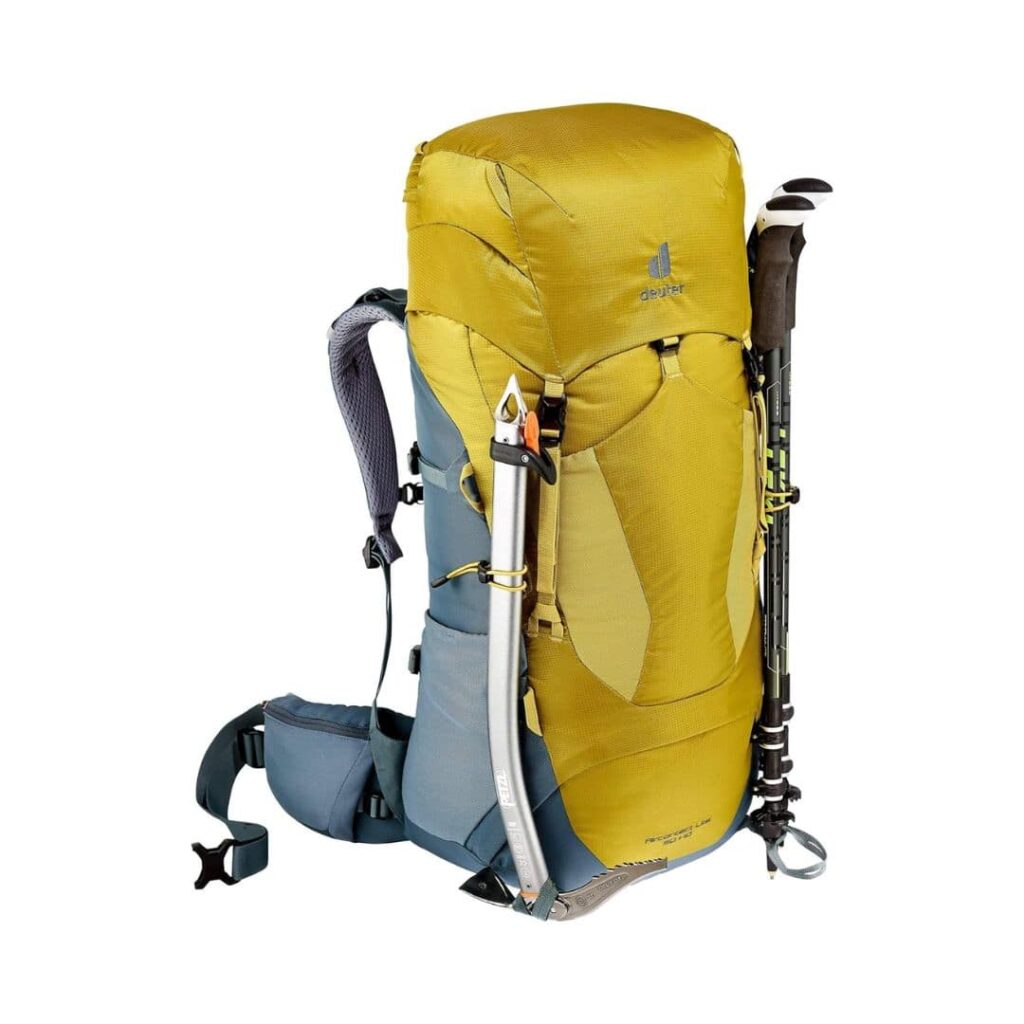
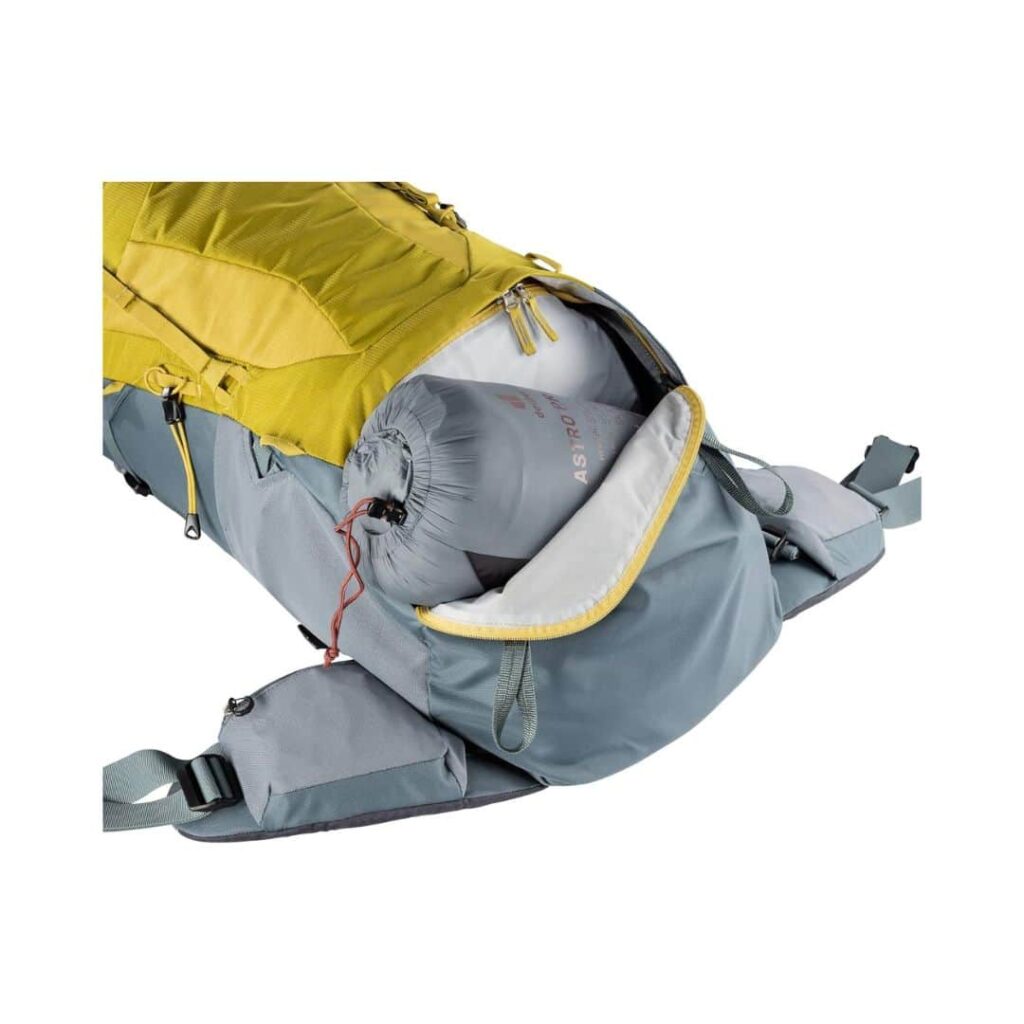
This backpack is a lightweight and compact option for hikers and trekkers who want to travel light and fast. It has a spacious main compartment that can be expanded by 10 liters, a detachable lid, a bottom compartment, and several pockets and loops for extra storage. It also features an Aircontact Lite back system that provides ventilation and stability, a Vari Quick system that allows you to adjust the torso length, and a rain cover that protects your gear from the elements. The backpack is made of durable polyester and comes in various colors and sizes. It is suitable for weekend trips and short to medium hikes.
Pros: Lightweight, compact, expandable, ventilated, stable, adjustable, rain cover included, affordable.
Cons: Not very comfortable, limited features, may not fit some airlines’ carry-on requirements, no hydration sleeve.
2.3. The North Face Terra 65L
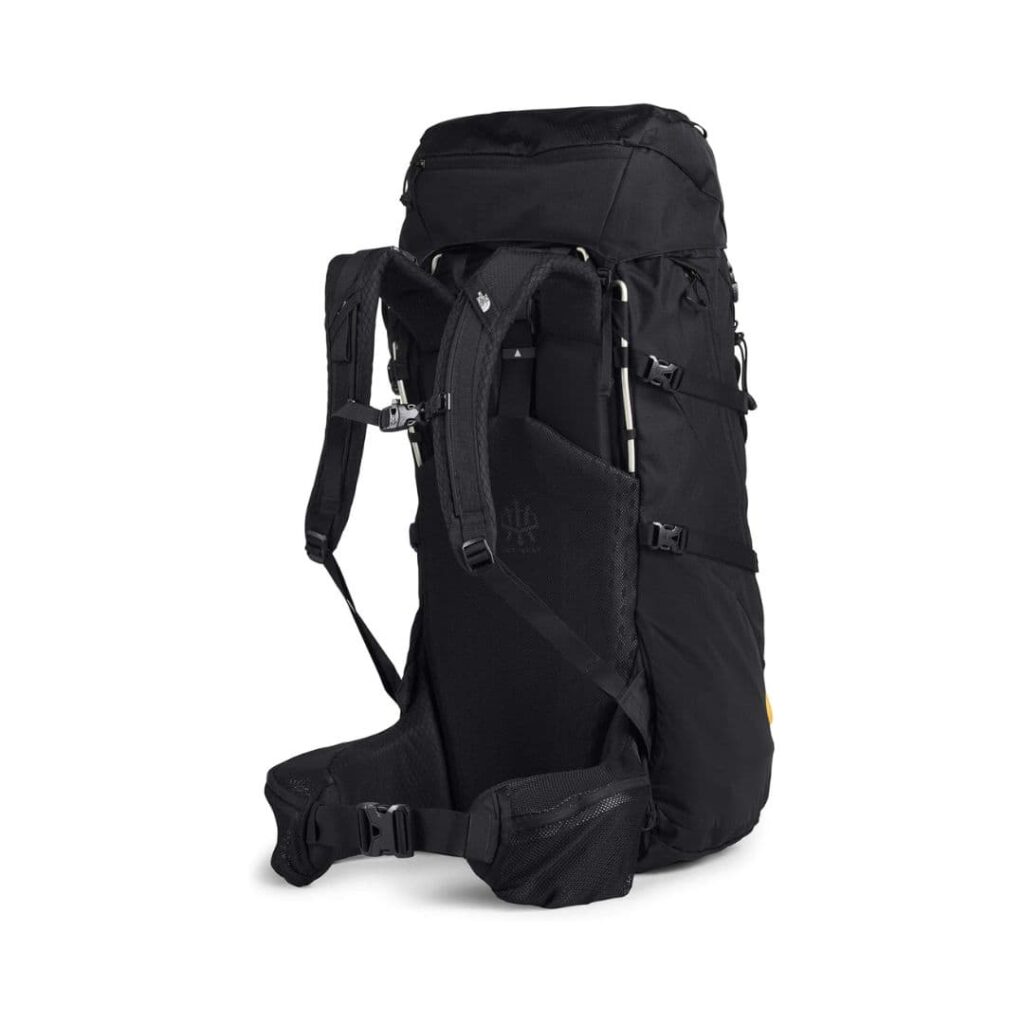
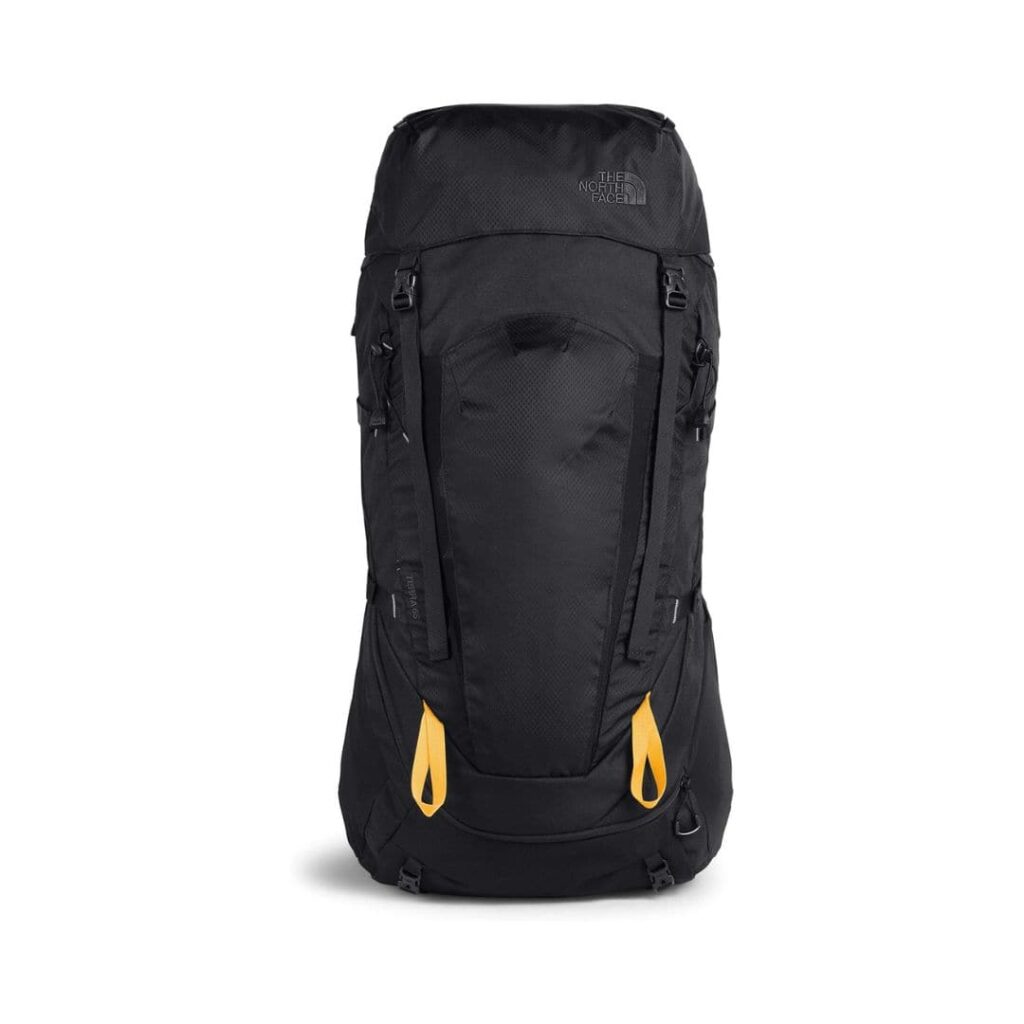
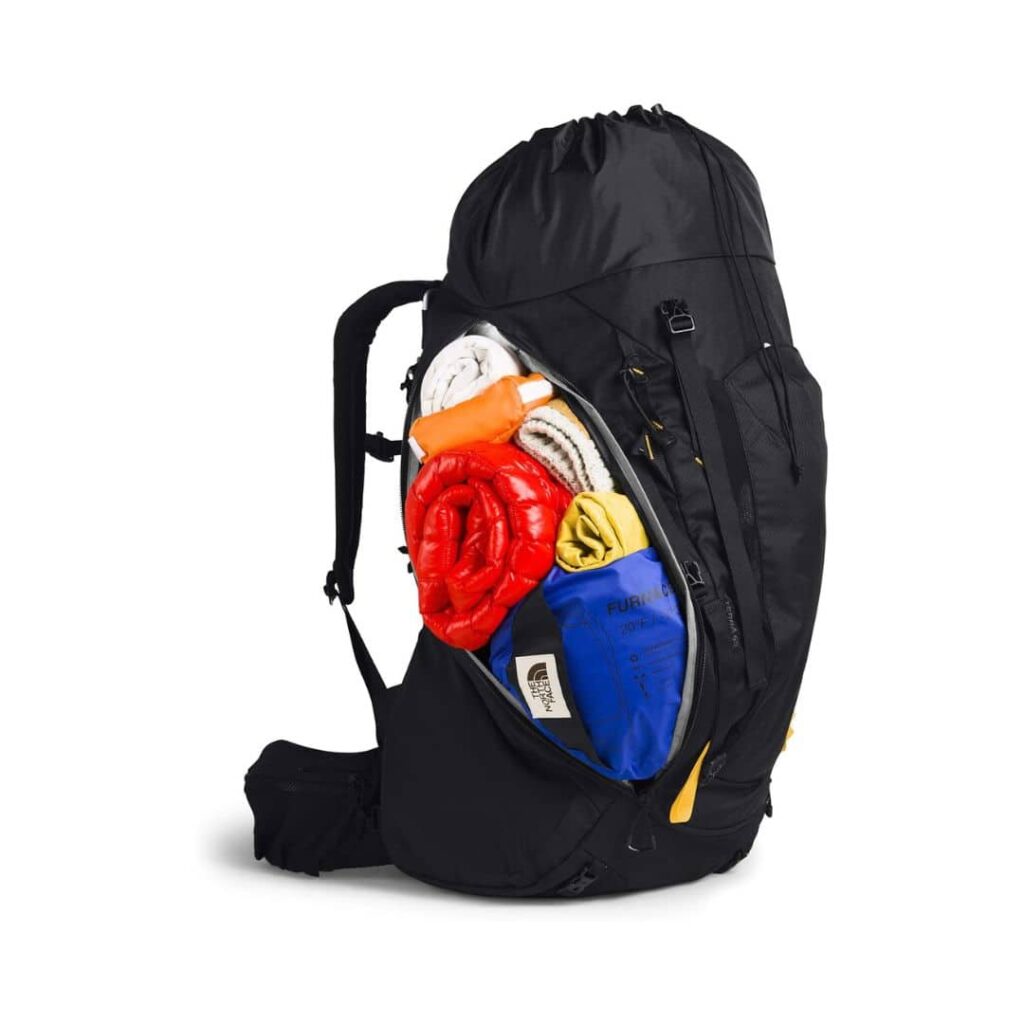
This backpack is a classic and reliable option for hikers and trekkers who want a backpack that can handle any adventure. It has a large main compartment, a zippered sleeping bag compartment, a front stash pocket, and multiple pockets and attachment points for extra gear. It also features a Dyno Lift System that allows you to adjust the load without taking off the backpack, a padded back panel that provides comfort and support, and a hydration sleeve that fits most water reservoirs. The backpack is made of durable polyester and comes in various colors and sizes. It is suitable for multi-day trips and long-distance hikes.
Pros: Reliable, spacious, functional, adjustable, comfortable, supportive, hydration compatible.
Cons: Heavy, bulky, not very breathable, not very water-resistant, expensive.
2.4. Gregory Baltoro 65
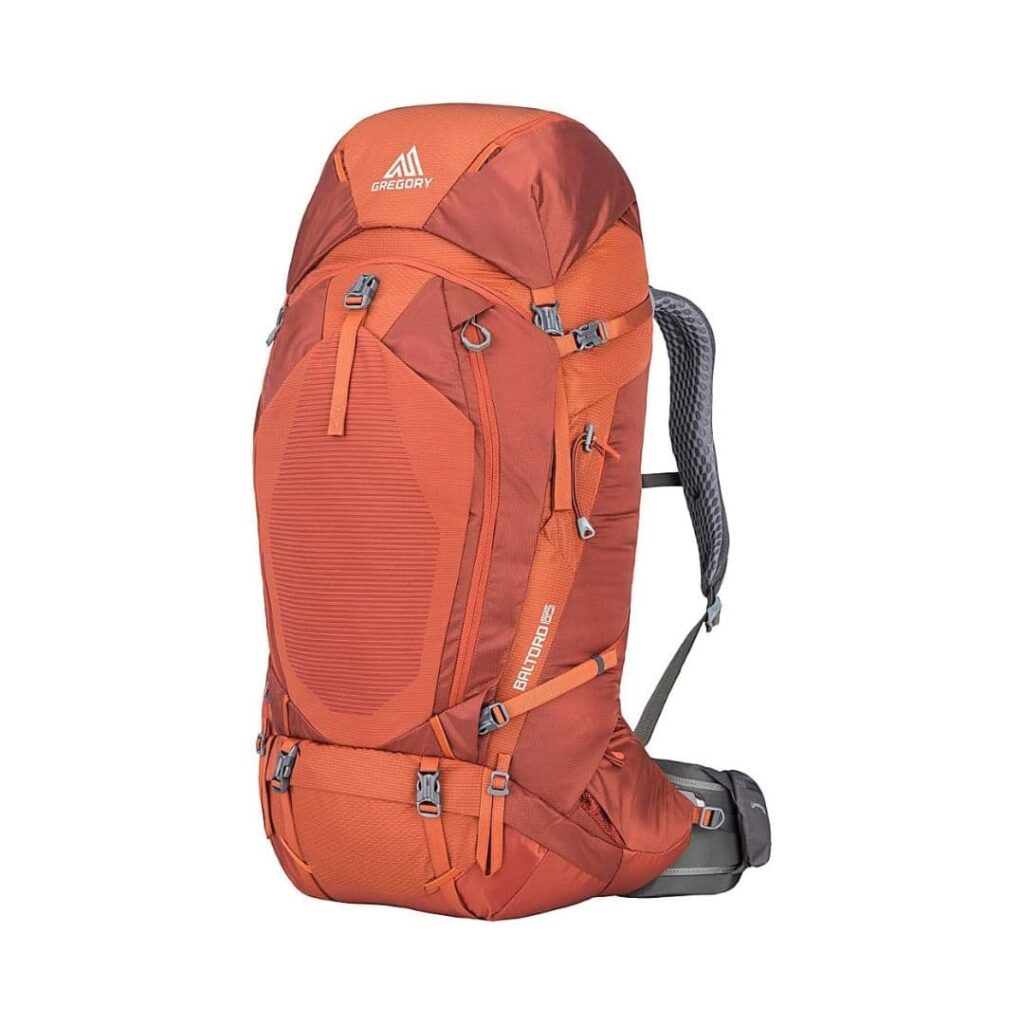
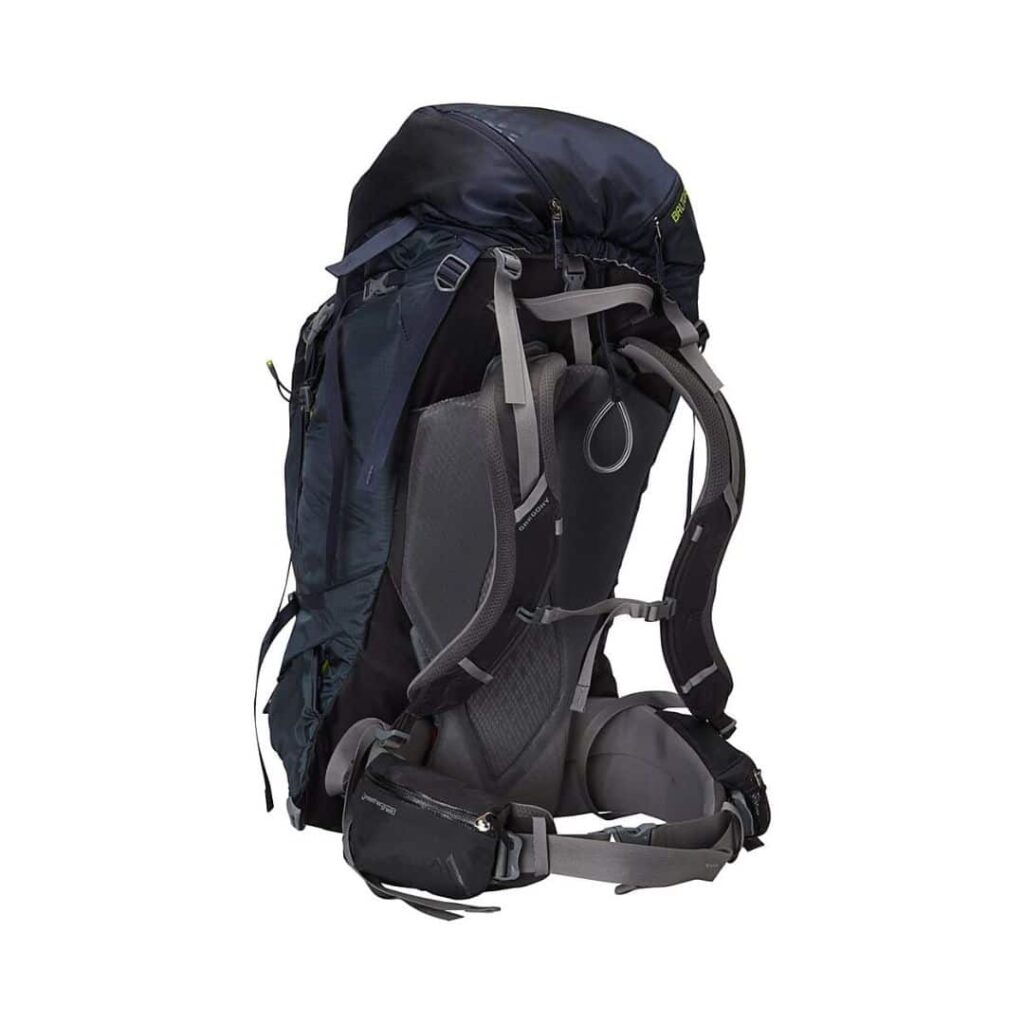
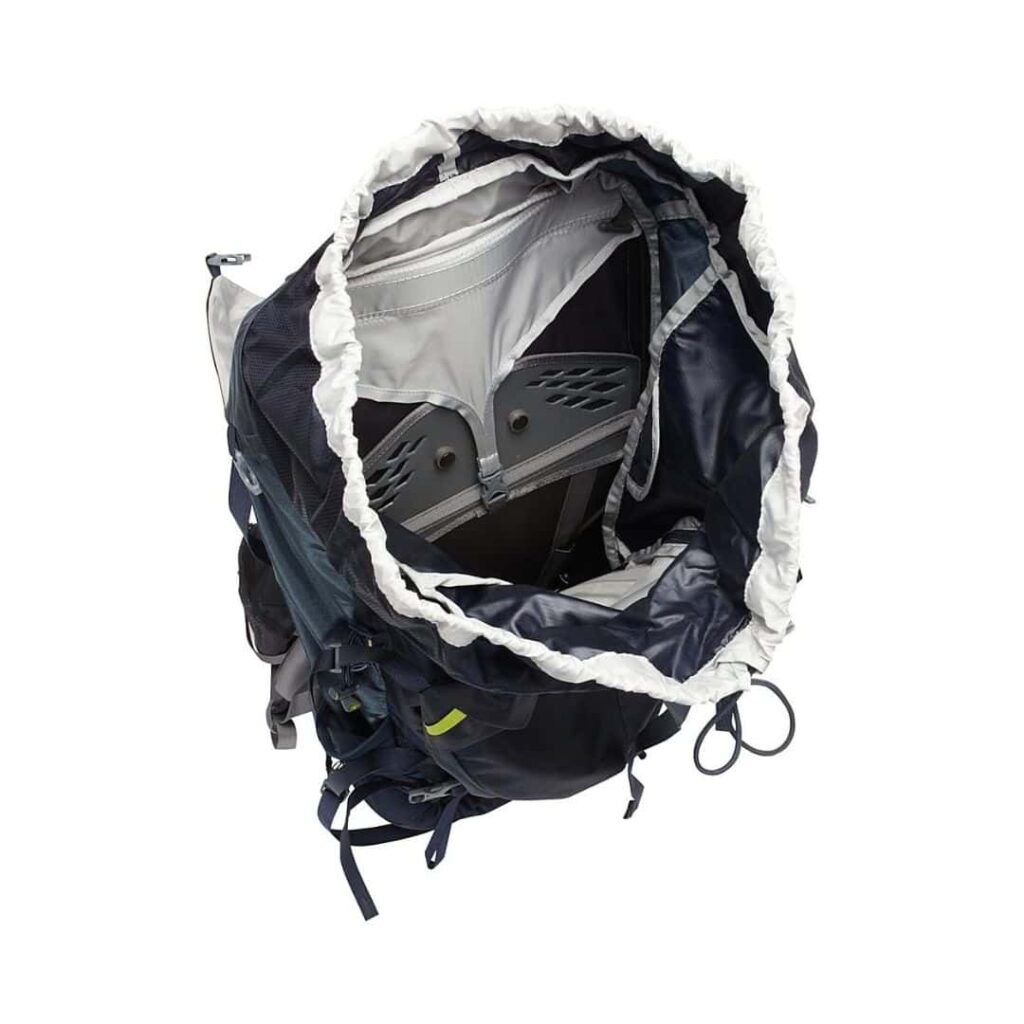
This backpack is a premium and award-winning option for hikers and trekkers who want a backpack that offers the best performance and quality. It has a large main compartment, a removable top lid that converts into a daypack, a U-zip front access, and multiple pockets and attachment points for extra gear. It also features a Response A3 suspension system that adapts to your body and your movement, a custom-fit rain cover that protects your gear from the elements, and a hydration sleeve that fits most water reservoirs. The backpack is made of durable nylon and comes in various colors and sizes. It is ideal for multi-day trips and long-distance hikes.
Pros: Premium, award-winning, spacious, versatile, accessible, adaptive, rain cover included, hydration compatible.
Cons: Very expensive, very heavy, very bulky, not very breathable, may not fit some airlines’ carry-on requirements.
2.5. Kelty Redwing 50

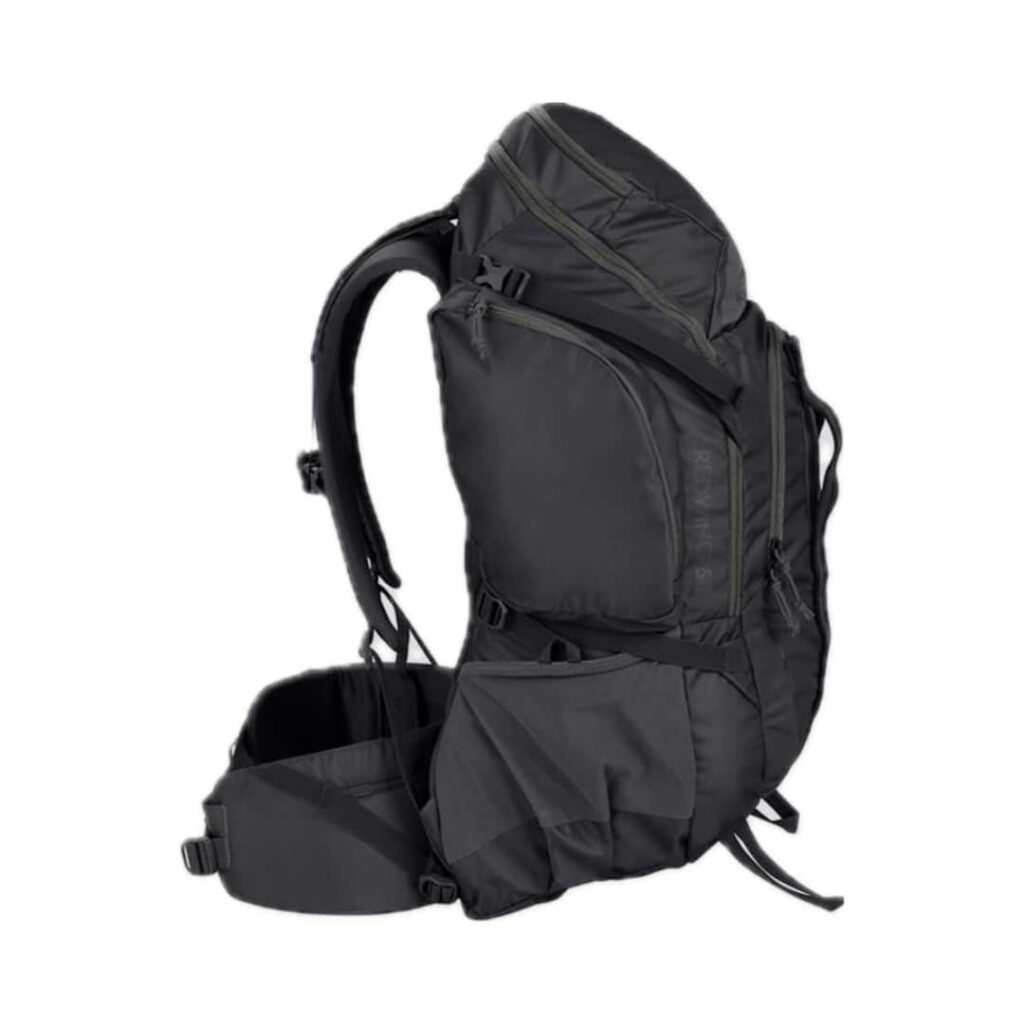
This backpack is a versatile and durable option for hikers and trekkers who want a backpack that can adapt to different situations and environments. It has a large main compartment, a U-zip front access, a top lid, and multiple pockets and attachment points for extra gear. It also features a PerfectFIT suspension system that allows you to adjust the fit and the load, a padded back panel that provides comfort and support, and a hydration sleeve that fits most water reservoirs. The backpack is made of durable polyester and comes in various colors and sizes. It is suitable for weekend trips and short to medium hikes.
Pros: Versatile, durable, spacious, accessible, adjustable, comfortable, supportive, hydration compatible, affordable.
Cons: Heavy, bulky, not very breathable, not very water-resistant, limited features.
2.6. TETON Sports Scout 3400
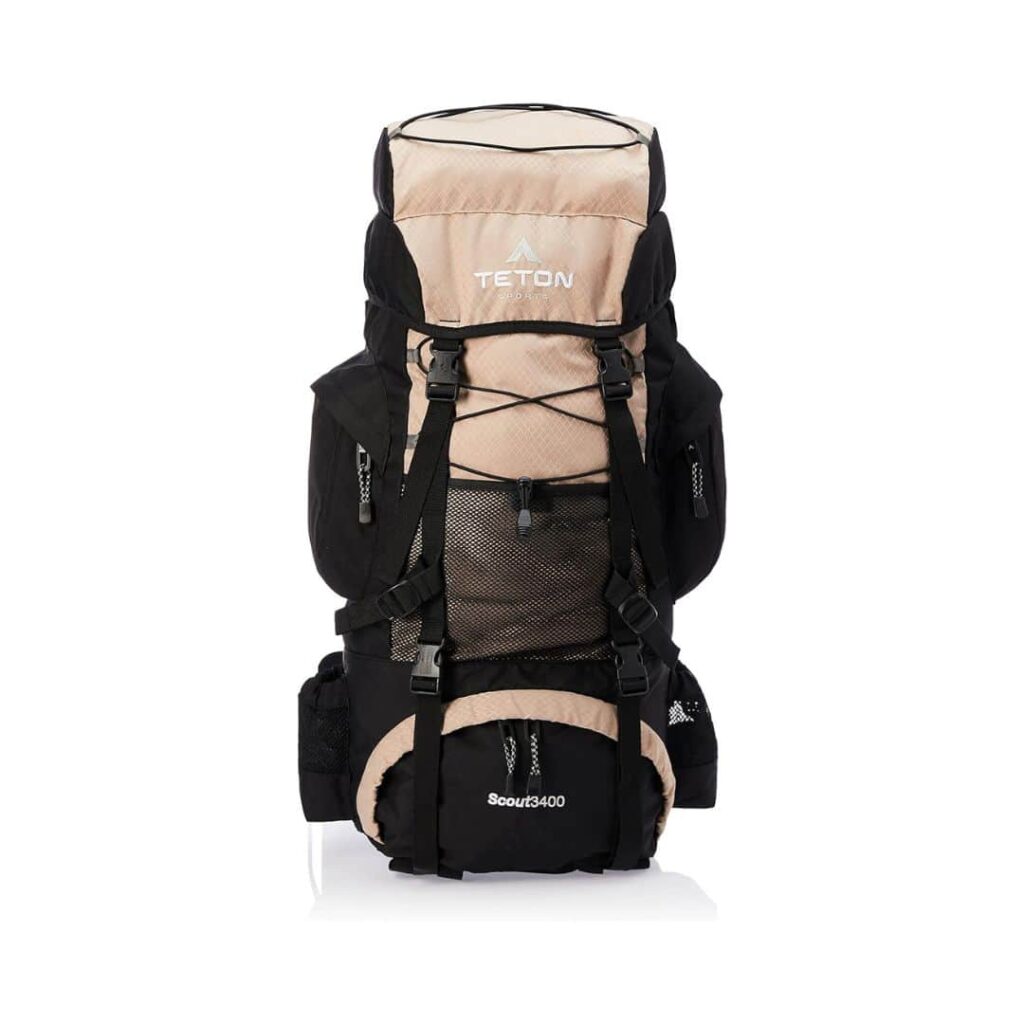
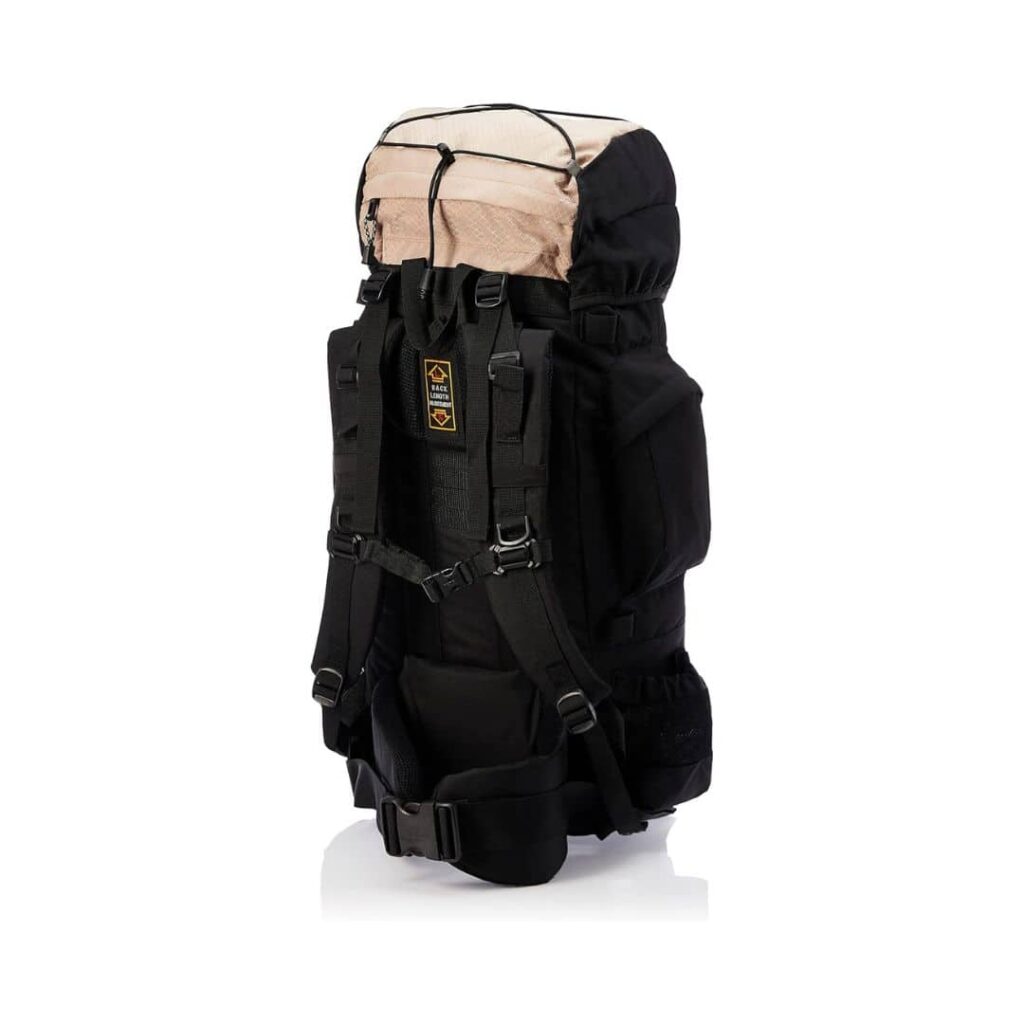
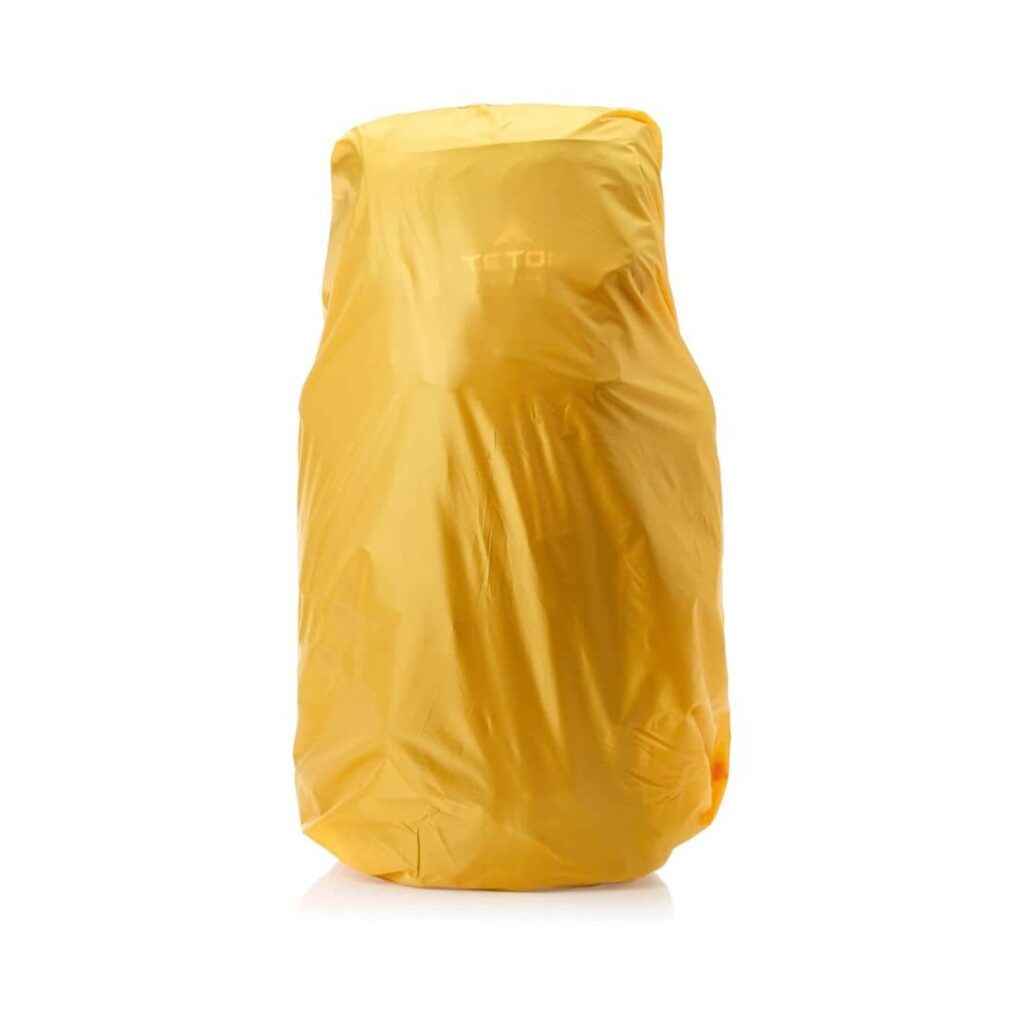
This backpack is a popular and versatile option for hikers and trekkers who want a backpack that can handle various adventures. It has a large main compartment, a sleeping bag compartment, a top lid, and multiple pockets and attachment points for extra gear. It also features an adjustable torso length, a padded back panel, a lumbar pad, and a hydration sleeve. The backpack is made of durable polyester and comes in various colors and sizes. It is suitable for weekend trips and short to medium hikes.
Pros: Popular, versatile, spacious, adjustable, padded, hydration compatible, affordable.
Cons: Heavy, bulky, not very breathable, not very water-resistant, limited features.
2.7. MOUNTAINTOP 55/65L
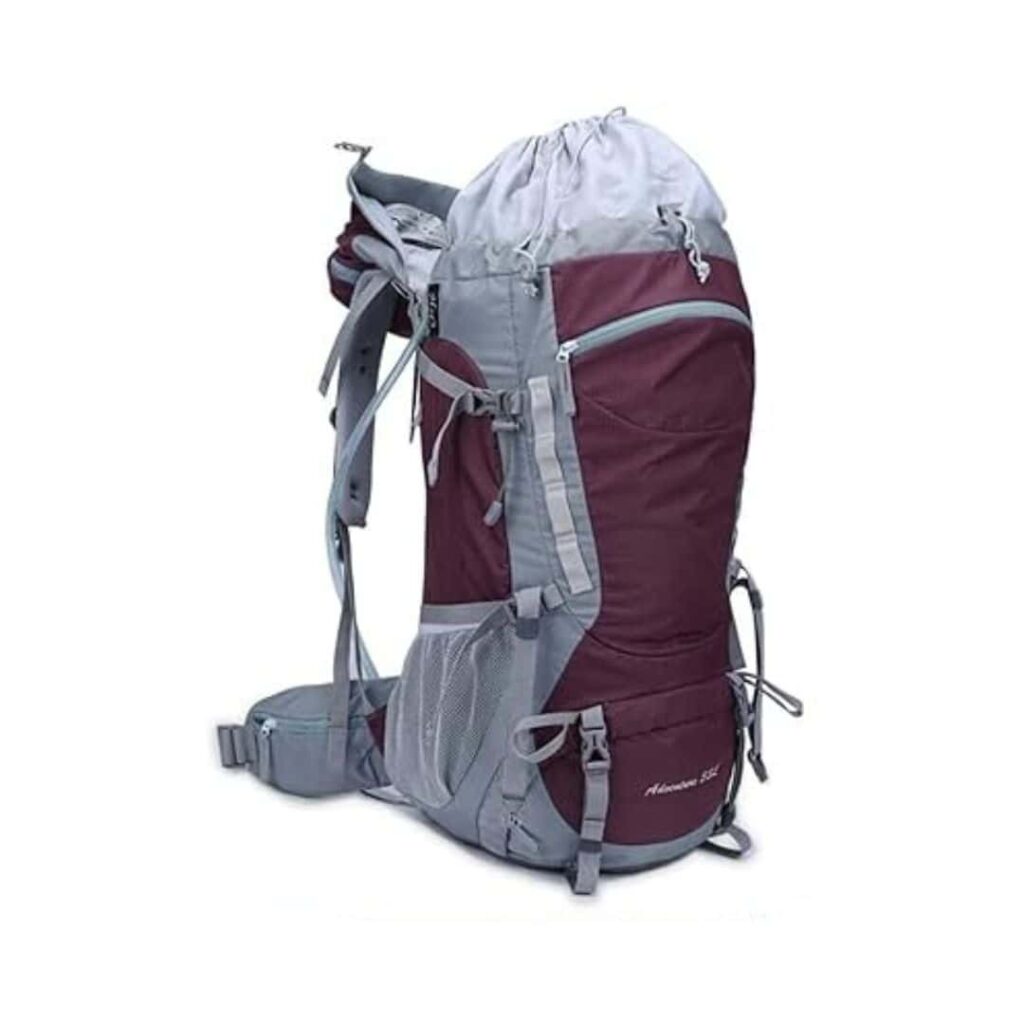
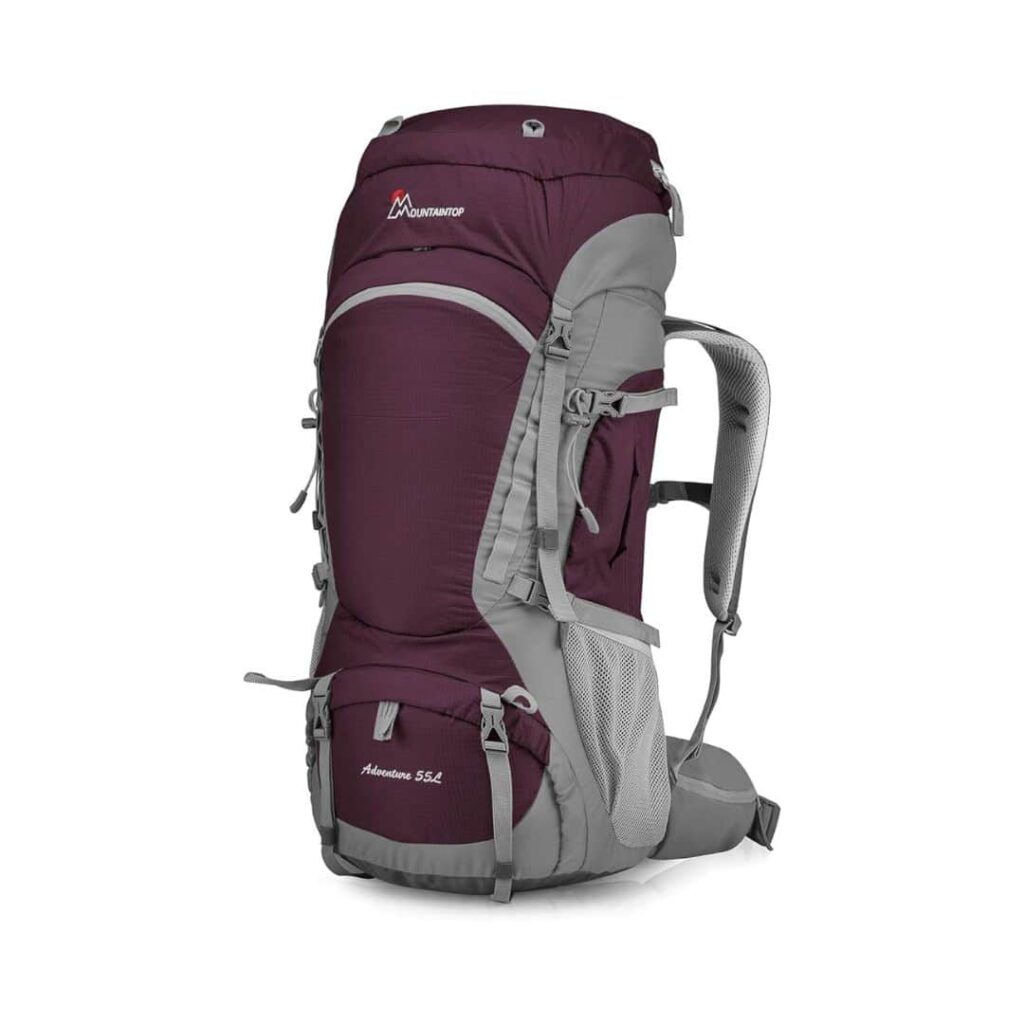
This backpack is a simple and practical option for hikers and trekkers who want a backpack that can do the job without breaking the bank. It has a large main compartment, a sleeping bag compartment, a front pocket, and multiple pockets and attachment points for extra gear. It also features an adjustable torso length, a sternum strap, a hip belt, and a hydration sleeve. The backpack is made of durable nylon and comes in various colors and sizes. It is suitable for weekend trips and short to medium hikes.
Pros: Simple, practical, spacious, adjustable, hydration compatible, cheap.
Cons: Heavy, bulky, not very breathable, not very water-resistant, low-quality, limited features.
2.8. Osprey Exos 58
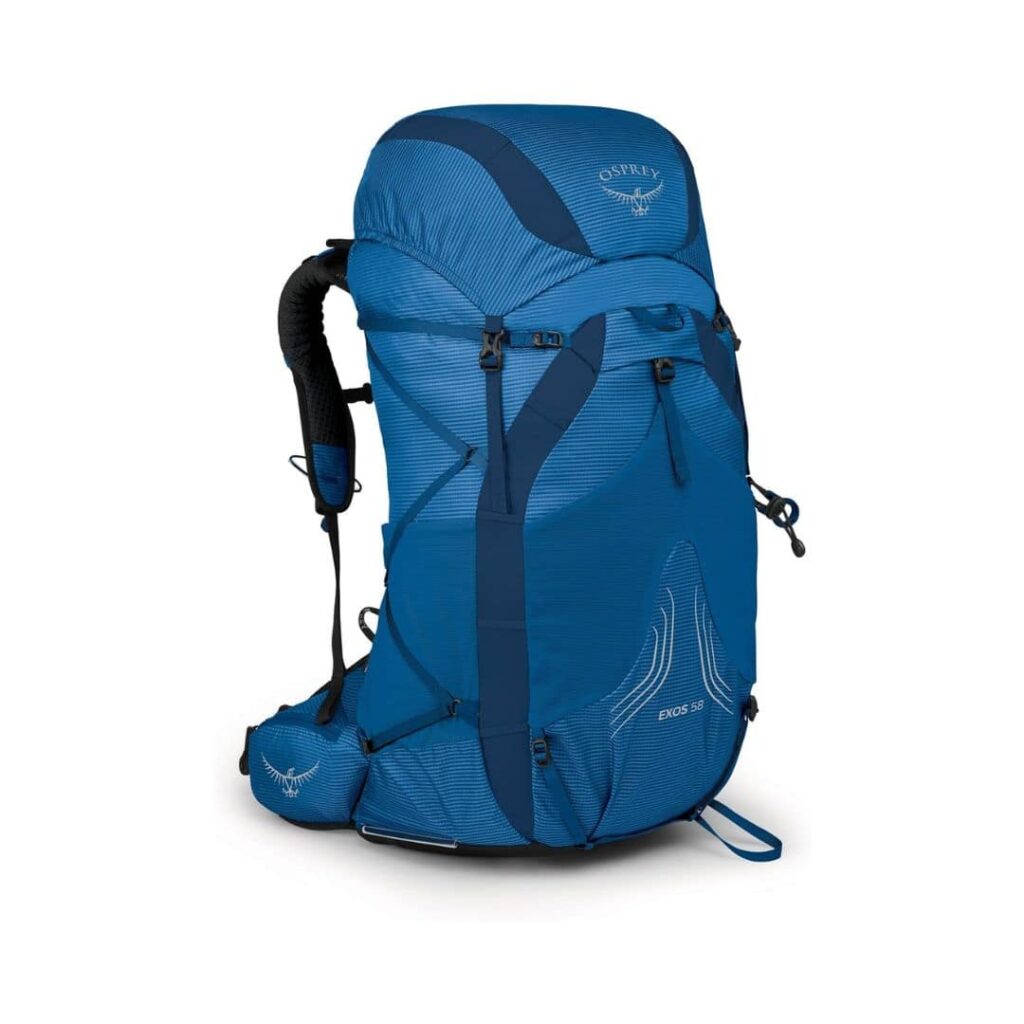
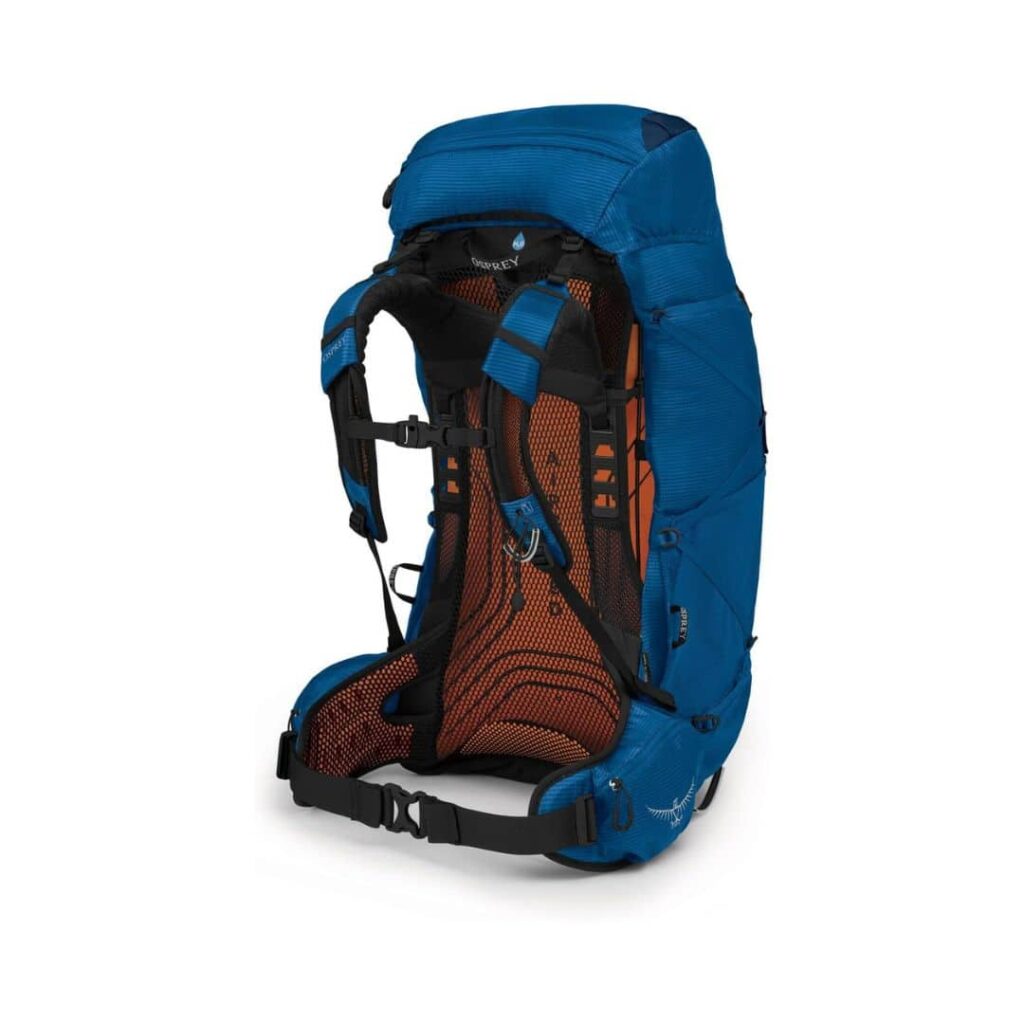
This backpack is a lightweight and minimalist option for hikers and trekkers who want a backpack that can reduce the weight and the bulkiness of their gear. It has a large main compartment, a removable top lid, a front mesh pocket, and multiple pockets and attachment points for extra gear. It also features an AirSpeed suspension system that provides ventilation and stability, a FlapJacket that protects your gear from the elements, and a hydration sleeve that fits most water reservoirs. The backpack is made of durable nylon and comes in various colors and sizes. It is suitable for weekend trips and short to medium hikes.
Pros: Lightweight, minimalist, spacious, ventilated, stable, FlapJacket included, hydration compatible.
Cons: Expensive, not very durable, not very comfortable, limited features, may not fit some airlines’ carry-on requirements.
2.9. Granite Gear Crown2 60
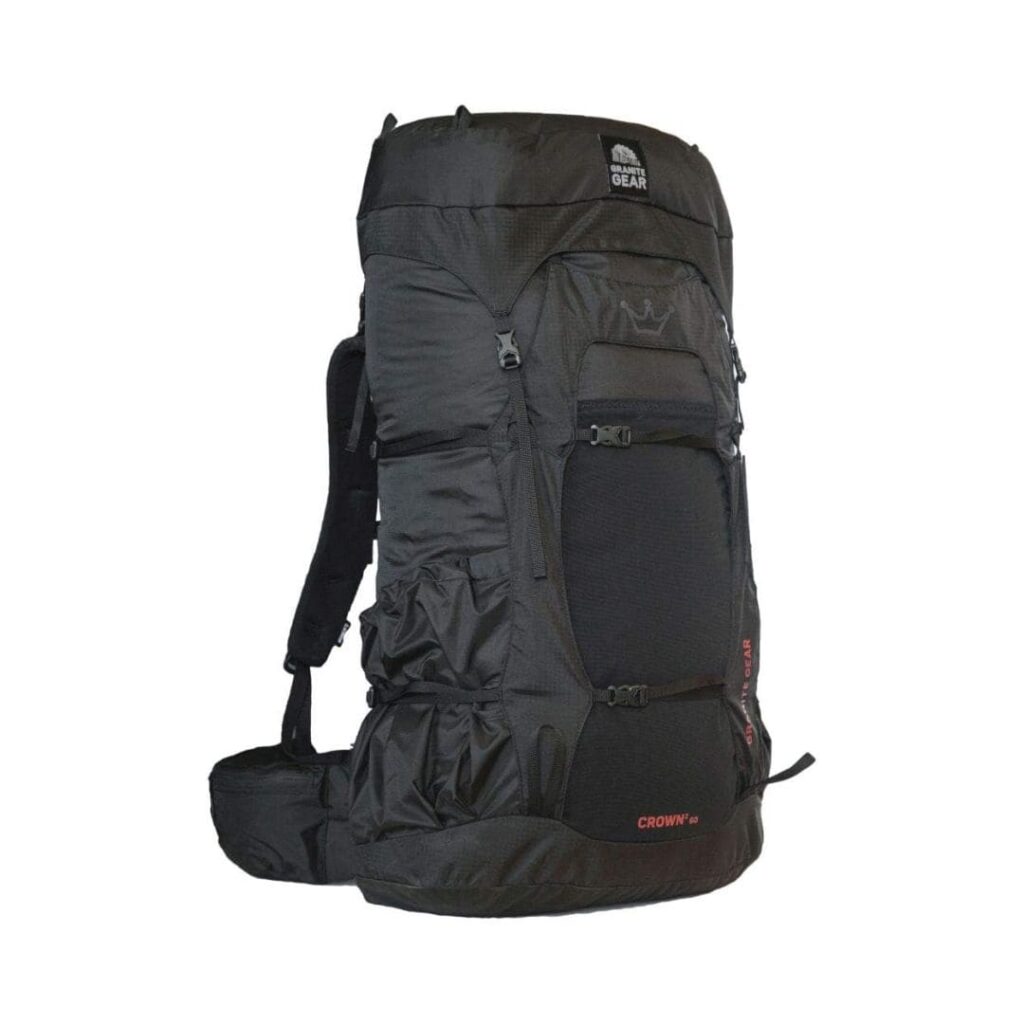
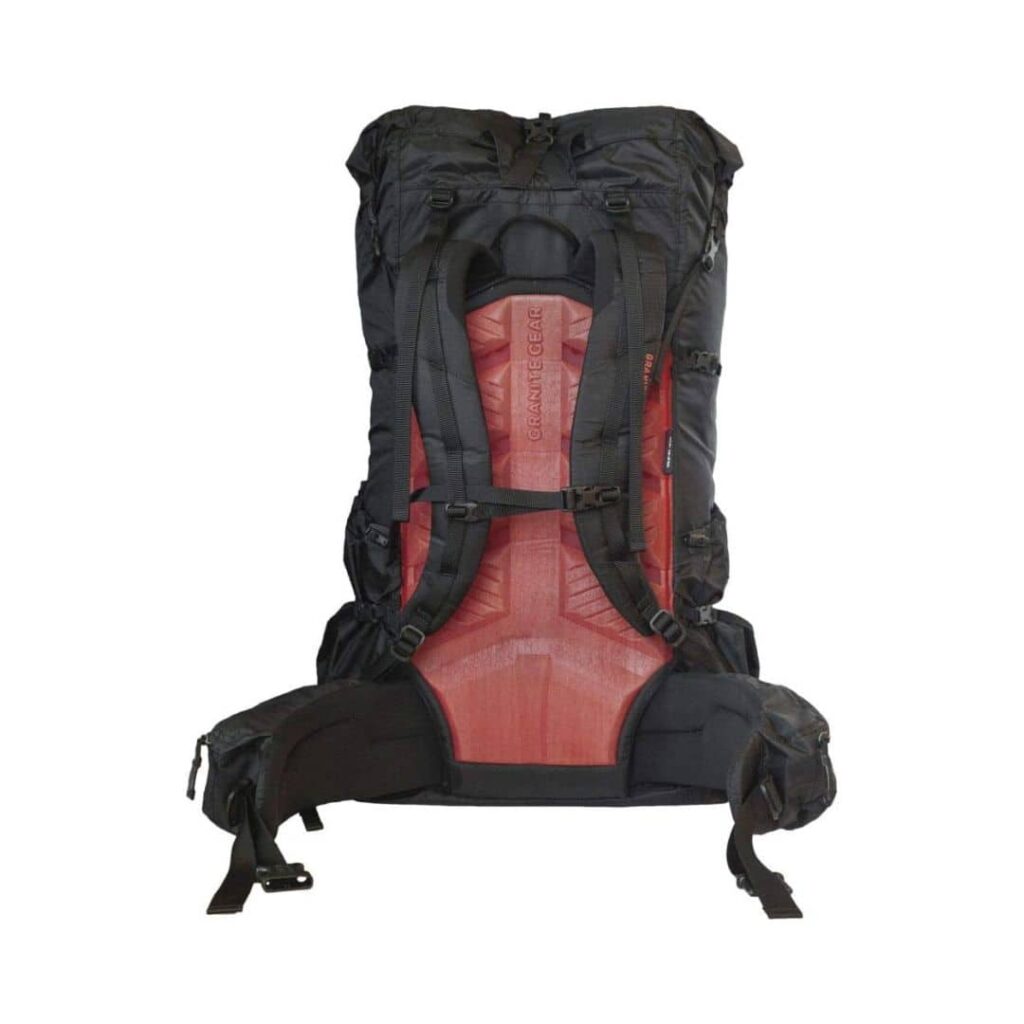
This backpack is a minimalist and ultralight option for hikers and trekkers who want a backpack that can reduce the weight and the bulkiness of their gear. It has a large main compartment, a removable top lid, a roll-top closure, and multiple pockets and attachment points for extra gear. It also features a Re-Fit suspension system that allows you to adjust the fit and the load, a dual-density hip belt that provides comfort and stability, and a hydration sleeve that fits most water reservoirs. The backpack is made of durable nylon and comes in various colors and sizes. It is suitable for weekend trips and short to medium hikes.
Pros: Minimalist, ultralight, spacious, adjustable, comfortable, stable, hydration compatible.
Cons: Expensive, not very durable, not very water-resistant, limited features, may not fit some airlines’ carry-on requirements.
2.10. Bseash 60L Hiking Camping Backpack
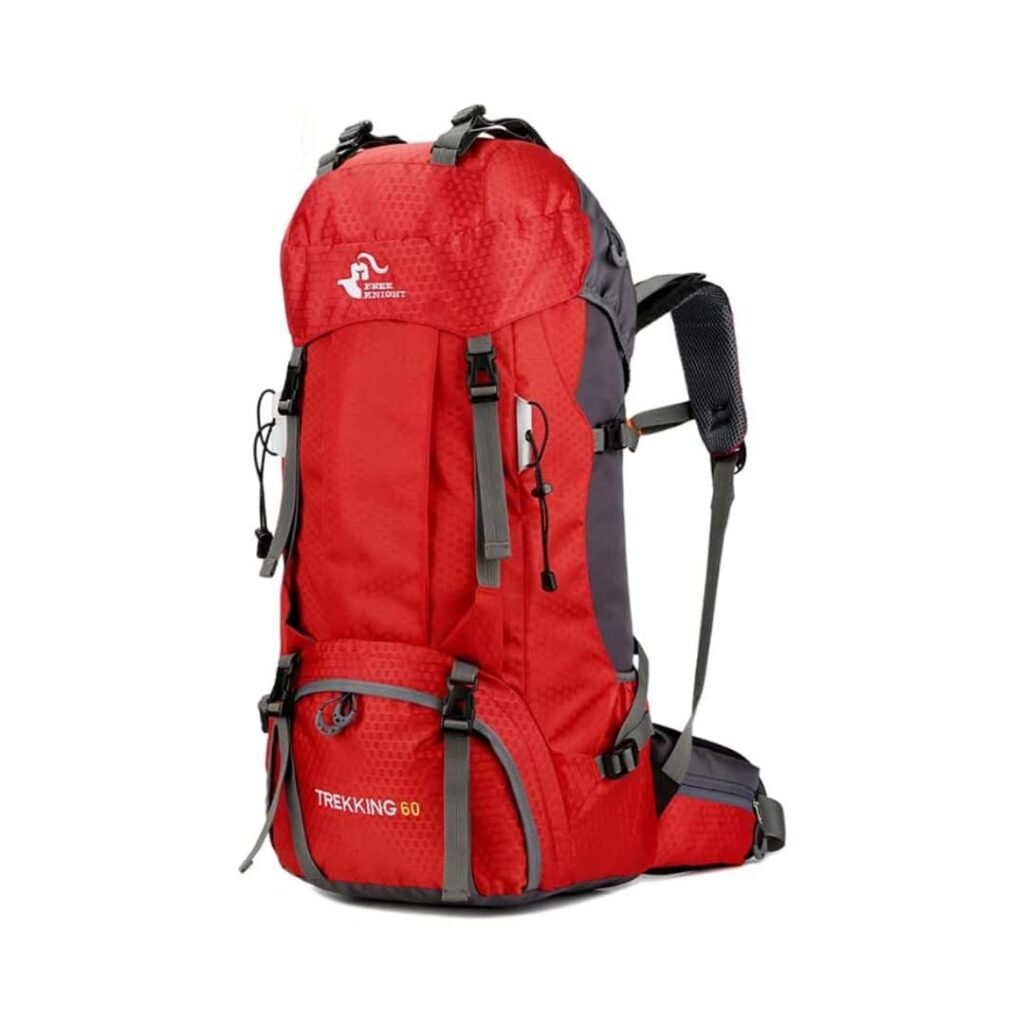
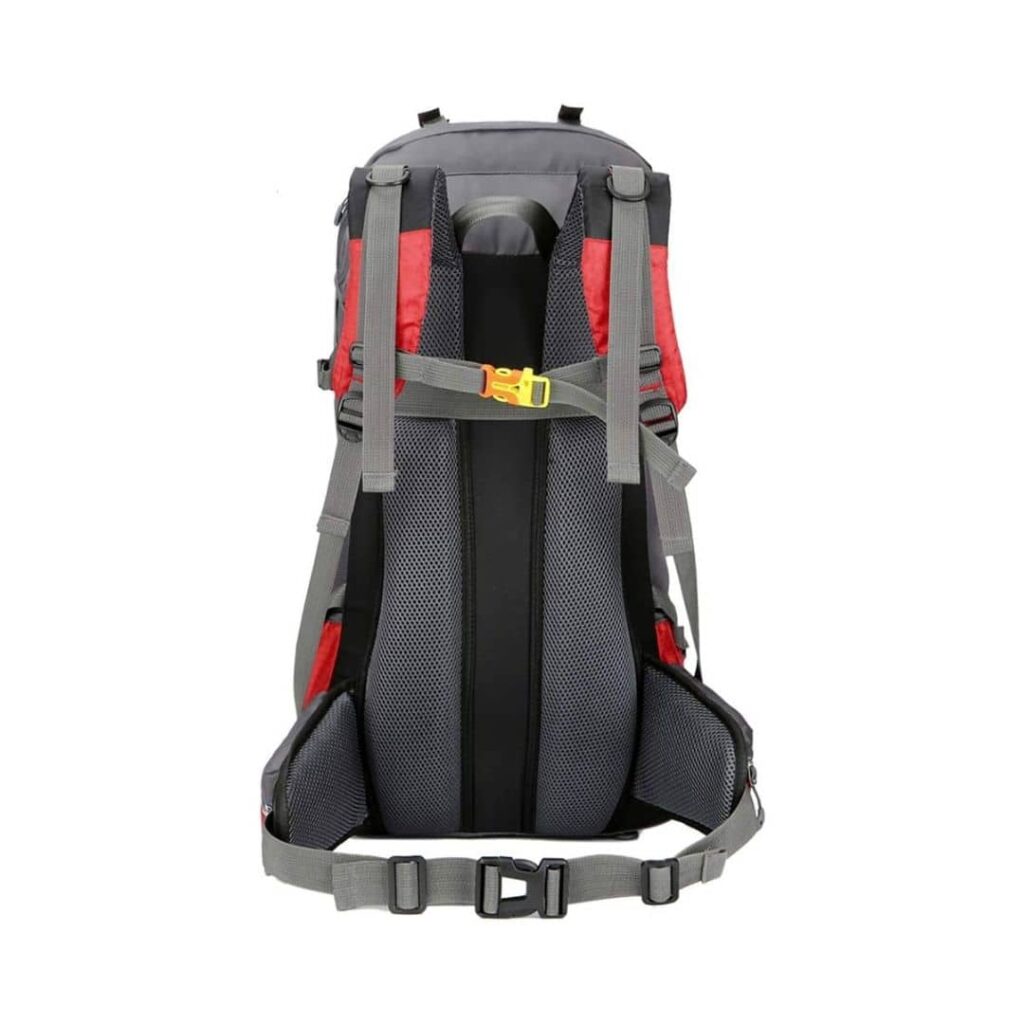
This backpack is a spacious and durable option for hikers and trekkers who want a backpack that can hold a lot of gear and withstand a lot of wear and tear. It has a large main compartment, a sleeping bag compartment, a front pocket, and multiple pockets and attachment points for extra gear. It also features an adjustable torso length, a padded back panel, a hip belt, and a rain cover. The backpack is made of water-resistant nylon and comes in various colors and sizes. It is suitable for weekend trips and short to medium hikes.
Pros: Spacious, durable, water-resistant, adjustable, padded, rain cover included, cheap.
Cons: Heavy, bulky, not very breathable, not very comfortable, limited features, no hydration sleeve.
3. A Quick Sum-up of the 10 Best Hiking Backpacks
| Backpack | Feature | Material | Link |
|---|---|---|---|
| Osprey Atmos AG 65 | Anti-gravity suspension, removable top lid, sleeping bag compartment, multiple pockets and attachment points, adjustable torso length, sternum strap, hip belt, hydration sleeve. | Durable nylon | BUY NOW |
| Deuter Aircontact Lite 50 + 10 | Anti-gravity suspension, removable top lid, sleeping bag compartment, multiple pockets and attachment points, adjustable torso length, sternum strap, hip belt, hydration sleeve. | Durable polyester | BUY NOW |
| The North Face Terra 65 | Dyno Lift System, padded back panel, large main compartment, zippered sleeping bag compartment, front stash pocket, multiple pockets and attachment points, hydration sleeve | Durable polyester | BUY NOW |
| Gregory Baltoro 65 | Response A3 suspension, large main compartment, removable top lid that converts into a daypack, U-zip front access, sleeping bag compartment, multiple pockets and attachment points, custom-fit rain cover, hydration sleeve | Durable nylon | BUY NOW |
| Kelty Redwing 50 | PerfectFIT suspension, large main compartment, U-zip front access, top lid, multiple pockets and attachment points, adjustable fit, padded back panel, hip belt, hydration sleeve | Durable polyester | BUY NOW |
| TETON Sports Scout 3400 45L | Adjustable torso length, padded back panel, lumbar pad, large main compartment, sleeping bag compartment, top lid, multiple pockets and attachment points, hydration sleeve | Durable polyester | BUY NOW |
| MOUNTAINTOP 55/65L | Adjustable torso length, sternum strap, hip belt, large main compartment, sleeping bag compartment, front pocket, multiple pockets and attachment points, hydration sleeve | Durable nylon | BUY NOW |
| Osprey Exos 58 | Re-fit suspension, large main compartment, removable top lid, roll-top closure, multiple pockets and attachment points, adjustable fit and load, dual-density hip belt, hydration sleeve | Durable nylon | BUY NOW |
| Granite Gear Crown2 60 | Re-Fit suspension, large main compartment, removable top lid, roll-top closure, multiple pockets and attachment points, adjustable fit and load, dual-density hip belt, hydration sleeve | Durable nylon | BUY NOW |
| Bseash 60L Hiking Backpack | AirSpeed suspension, large main compartment, removable top lid, a front mesh pocket, multiple pockets and attachment points, FlapJacket, hydration sleeve | Water-resistant nylon | BUY NOW |
3.1. Top 3 Recommendations for the Best Hiking Backpacks with Their Brief Reasons
– Best Overall: Osprey Atmos AG 65
This backpack is still our top pick for the best overall hiking backpack, as it offers the best combination of comfort, space, versatility, durability, and quality.
- It has a unique Anti-Gravity suspension system that distributes the load evenly and hugs your body for a comfortable fit.
- It has a large main compartment, a removable top lid, a sleeping bag compartment, and multiple pockets and attachment points for extra gear. It also features an adjustable torso length, a sternum strap, a hip belt, and a hydration sleeve.
- The backpack is made of durable nylon and comes in various colors and sizes.
- It is ideal for multi-day trips and long-distance hikes. It also comes with a lifetime warranty, which shows the confidence and the commitment of the brand.
The only drawbacks of this backpack are its high price, its heavy weight, and its low water-resistance, but they are outweighed by its many benefits and features.
– Best Value: Kelty Redwing 50
This backpack is our new pick for the best value hiking backpack, as it offers a great value and quality for a reasonable and affordable price.
- It has a large main compartment, a U-zip front access, a top lid, and multiple pockets and attachment points for extra gear.
- It also features a PerfectFIT suspension system that allows you to adjust the fit on the fly, a padded back panel that provides comfort and support, and a hydration sleeve that fits most water reservoirs.
- The backpack is made of durable polyester and comes in various colors and sizes.
- It is suitable for weekend trips and short to medium hikes.
The only drawbacks of this backpack are its heavy weight, its bulky size, and its limited features, but they are compensated by its low price and its high satisfaction.
– Best Budget: Bseash 60L Hiking Backpack
This backpack is our new pick for the best budget hiking backpack, as it offers a decent performance and quality for a cheap and low-cost price.
- It has a large main compartment, a sleeping bag compartment, a front pocket, and multiple pockets and attachment points for extra gear.
- It also features an adjustable torso length, a padded back panel, a hip belt, and a rain cover.
- The backpack is made of water-resistant nylon and comes in various colors and sizes.
- It is suitable for weekend trips and short to medium hikes.
The only drawbacks of this backpack are its low-quality, its low-durability, and its limited features, but they are expected for its low price and its high popularity.
Final Thoughts on the Best Hiking Backpacks
Choosing the best hiking backpacks is not an easy task, as there are many factors to consider and many options to choose from. However, with the help of this article, you should be able to narrow down your choices and find the backpack that meets your requirements and expectations.
We have explained how to choose the best hiking backpacks based on size, weight, capacity, features, design, material, price, and customer reviews. We have also provided you with a table that compares and contrasts different backpacks based on these factors. Besides that, we have shared with you our top 10 picks for the best hiking backpacks that are available on Amazon. These backpacks are comfortable, durable, spacious, and versatile enough to suit different terrains, climates, and personal preferences.
We hope that this article has helped you to find the best hiking backpacks for your next outdoor adventure. If you have any questions, comments, or feedback, please feel free to share them with us. We would love to hear from you and help you with your hiking and trekking needs.
If you liked this article, please share it with your friends and family who are also interested in hiking and trekking. Also, don’t forget to subscribe to our newsletter to get more tips and tricks on outdoor activities and gear.
Thank you for reading and happy hiking!
Note:
This post contains affiliate links from which I can earn commissions if you use services or buy products from the blog’s partners. If you love the blog, please use the services or buy the products. In that way, you give me support for the blog’s maintenance and development. I appreciate it a lot and thank you for that!
“PIN IT” NOW TO SAVE YOUR LIST OF THE BEST HIKING BACKPACKS
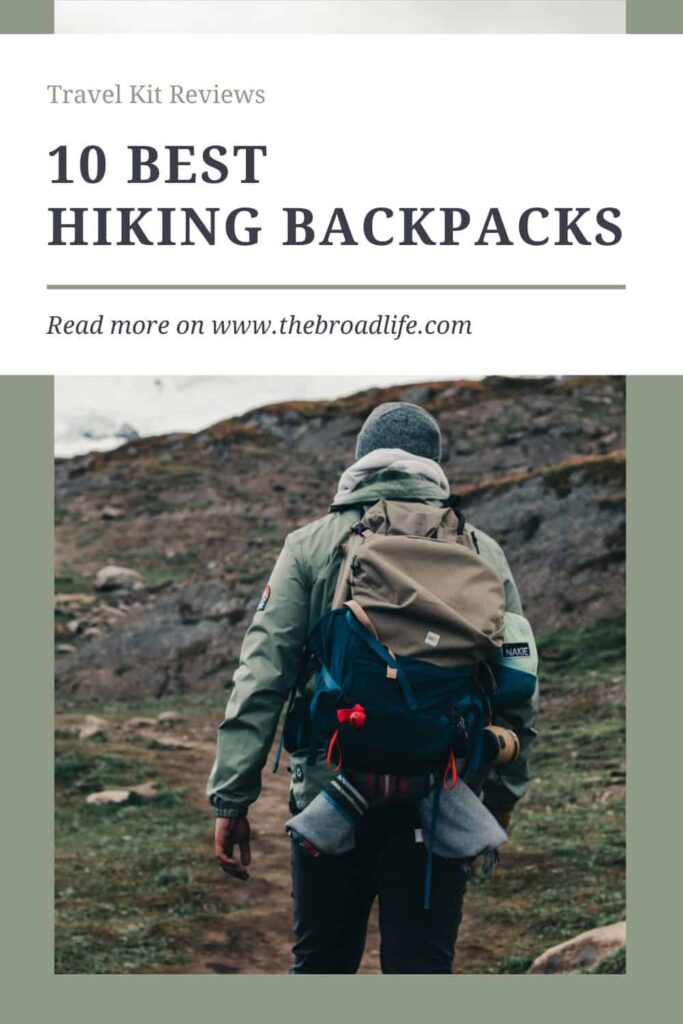
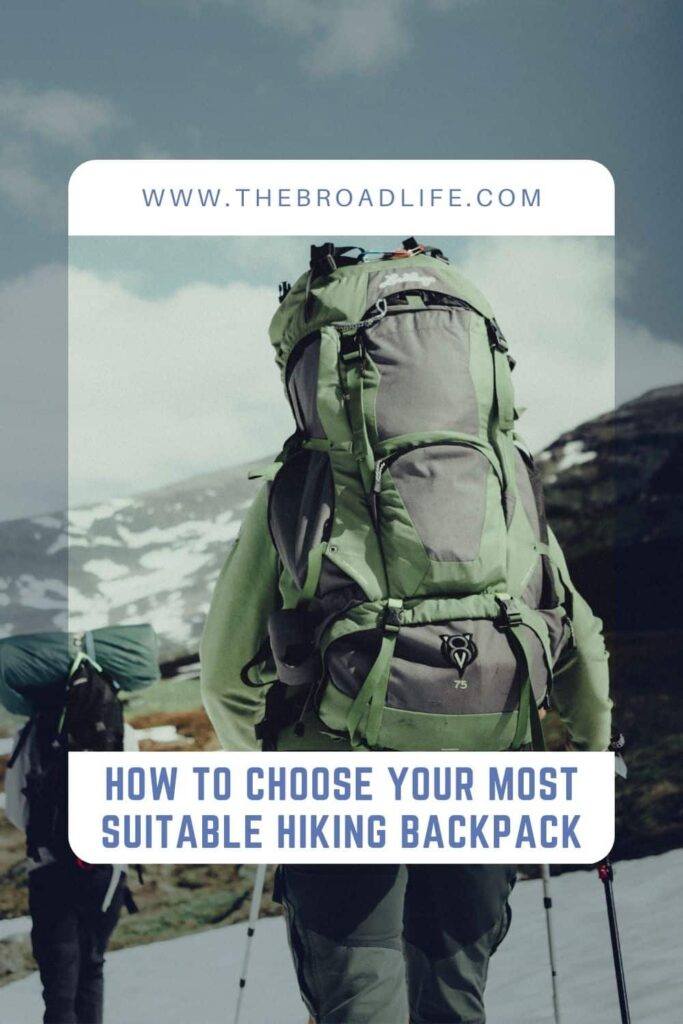
6 Comments
-
-
Elise Ho
Having the right gear is so important.It must do the job for the intended reason. Thusly, one backpack may be great for one activity but not another. For example, a day trek verse a week or a summer weeklong hike verse the same hike in the winter.
-
Richard Lowe
I’ve been looking for a backpack to use as a bug-out bag. Thanks for the tips, I’m sure one of them will be suitable for this purpose.
-
angie
Getting out in Nature can be a lot of fun. The fun can be impacted for good or bad depending on the backpack you Use. THis post is very useful to try ensure the correct backpack is chosen.
-
SONIA SEIVWRIGHT
“Fantastic guide! Choosing the right hiking backpack is crucial for a comfortable and enjoyable outdoor experience, and this article provides a comprehensive and detailed approach to making an informed decision. The consideration of factors like size, weight, capacity, and customer reviews ensures that readers can find a backpack tailored to their specific needs. The inclusion of the top 10 picks on Amazon is particularly helpful, offering a shortcut for those looking for tried-and-tested options. Whether you’re a weekend adventurer or planning an extended trek, this guide is a valuable resource to kickstart your outdoor journey. I look forward to exploring the recommended backpacks and embarking on the next adventure with confidence!”



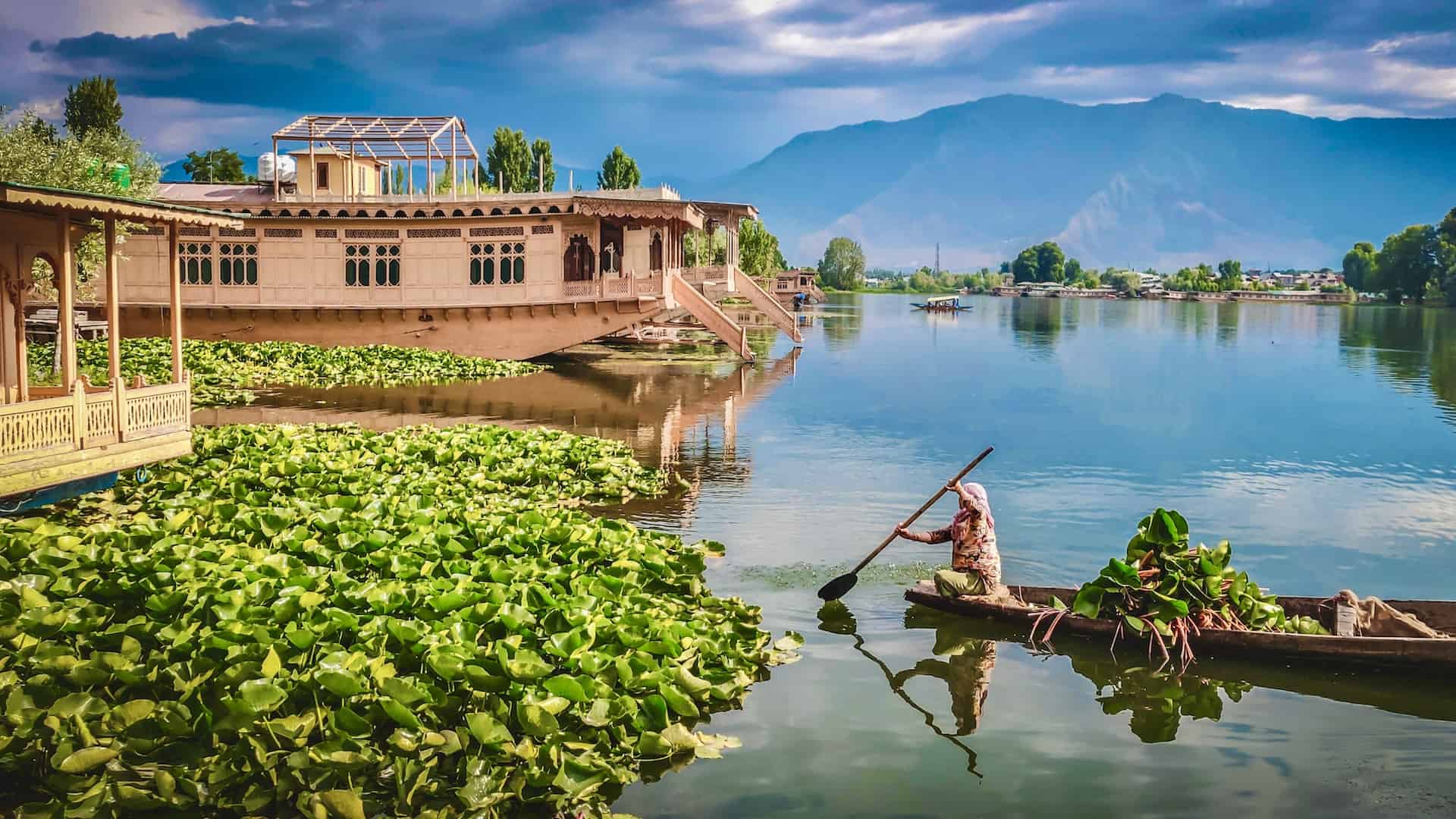
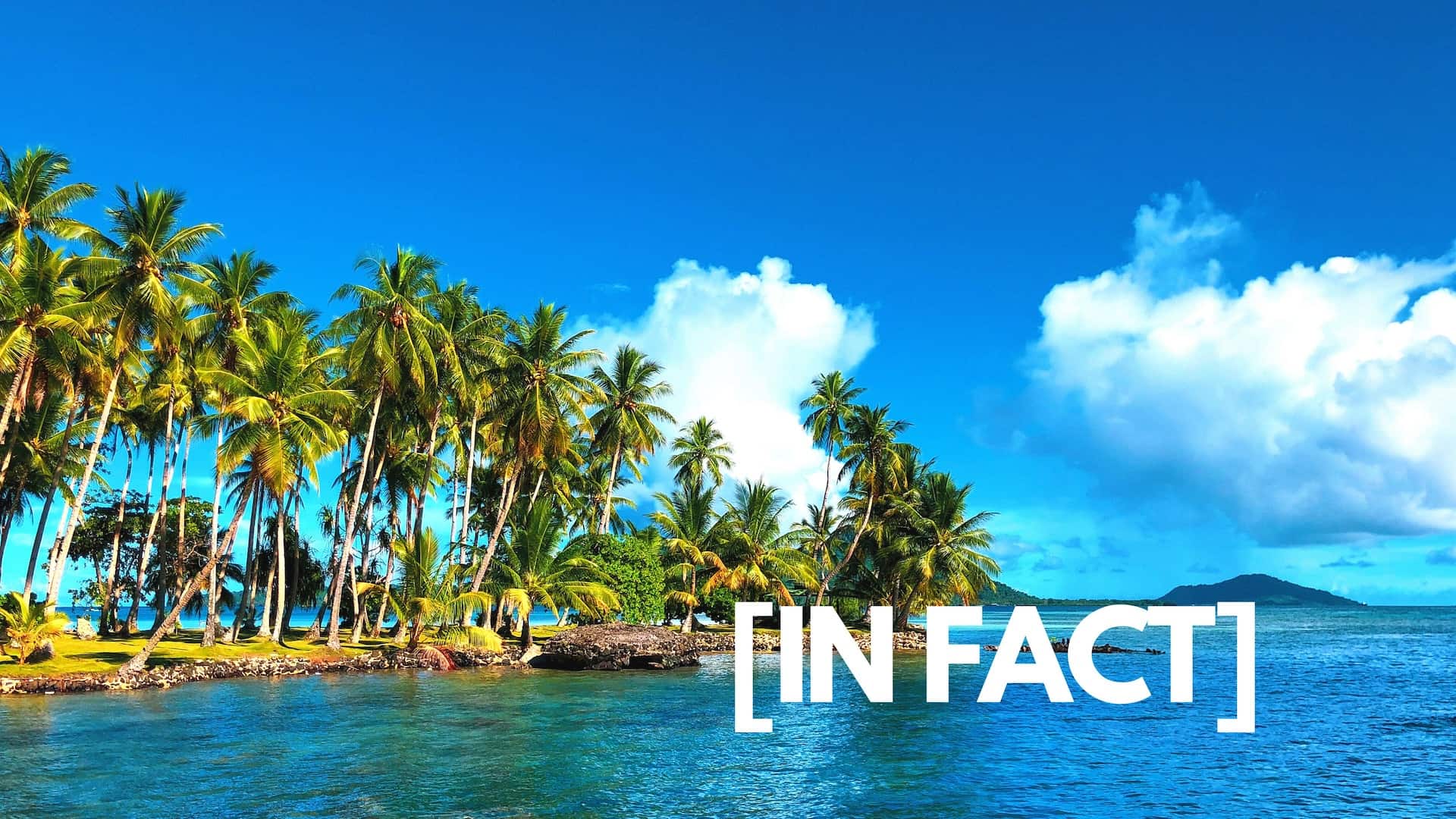

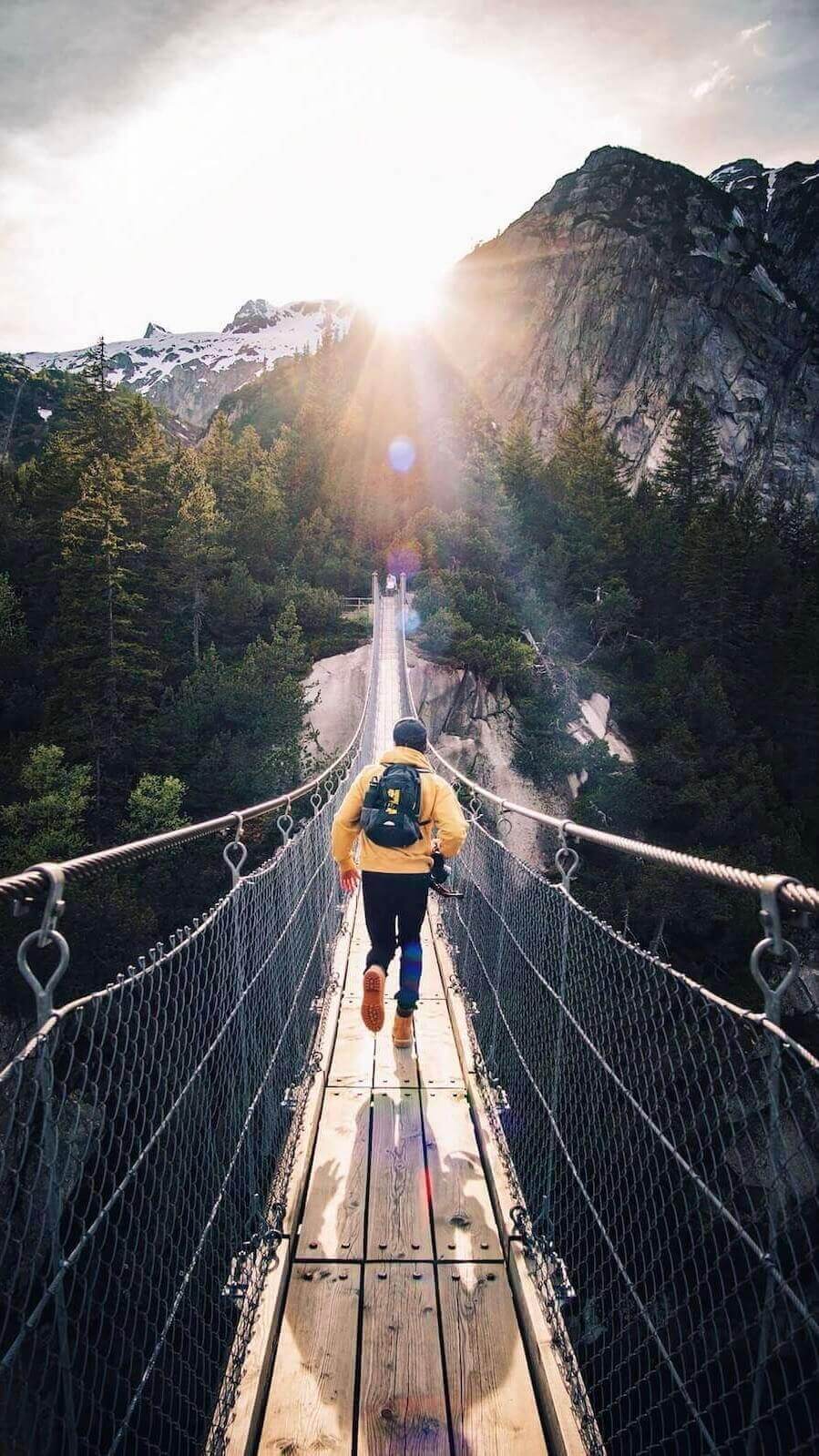
Kimberley Asante
Your article on The Broad Life detailing the top 10 best hiking backpacks and how to choose the right one offers valuable guidance for outdoor enthusiasts looking to invest in quality gear. By providing detailed reviews of each backpack along with factors to consider when making a selection, you empower readers to make informed decisions based on their specific needs and preferences. Whether someone is a seasoned hiker or just starting out, your comprehensive guide serves as a valuable resource for finding the perfect backpack for their adventures. Keep up the great work in providing informative content that helps outdoor enthusiasts make the most of their hiking experiences!